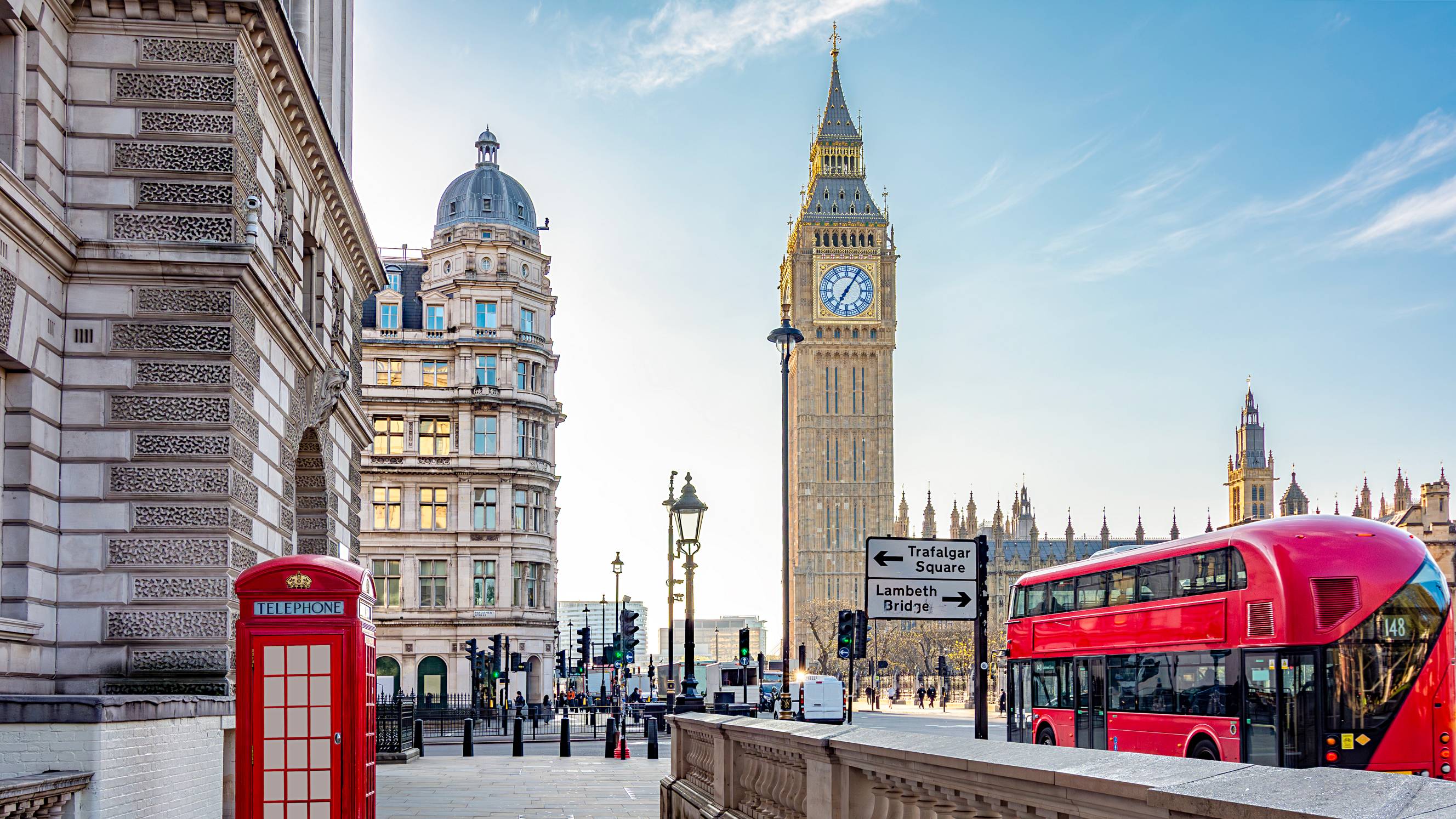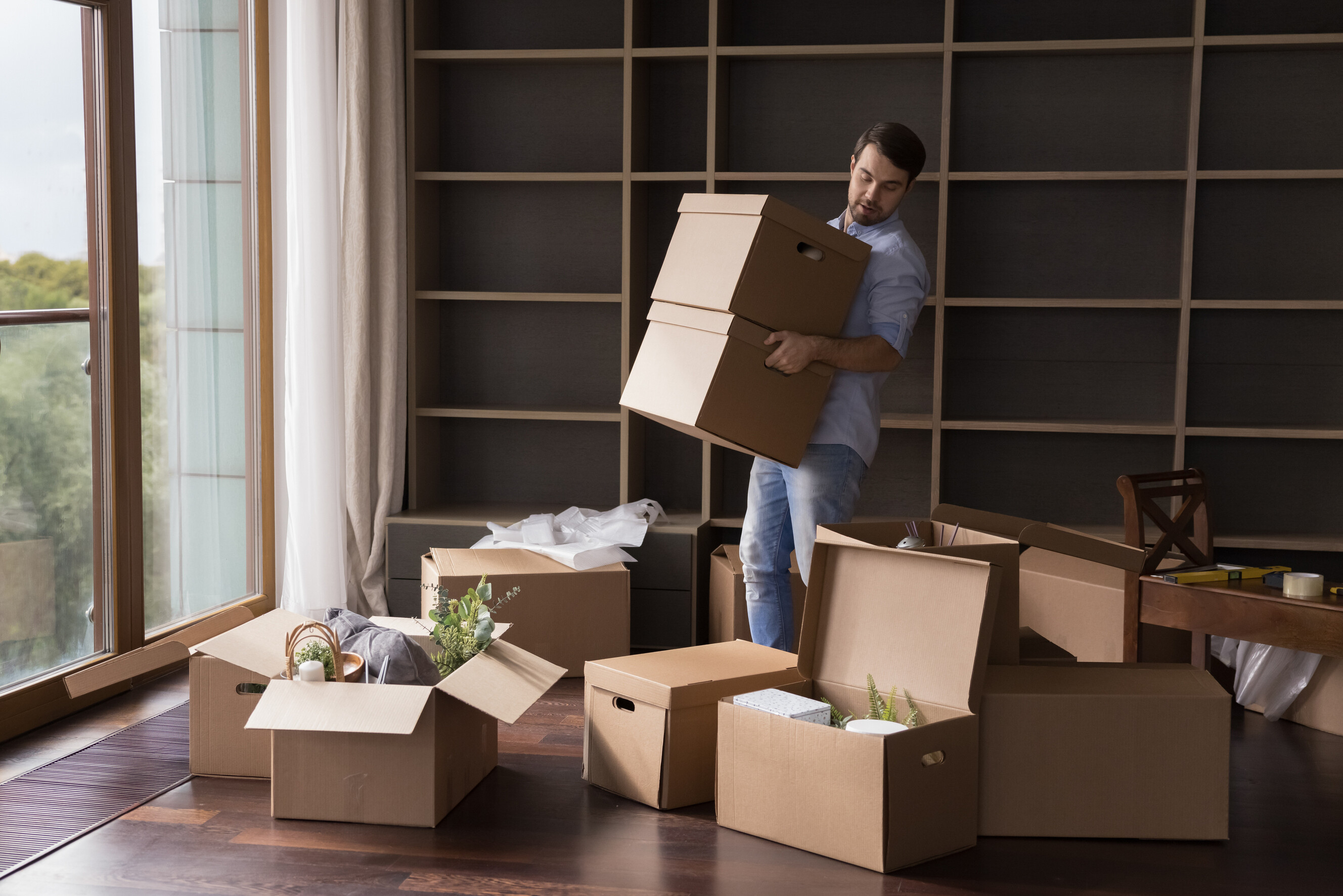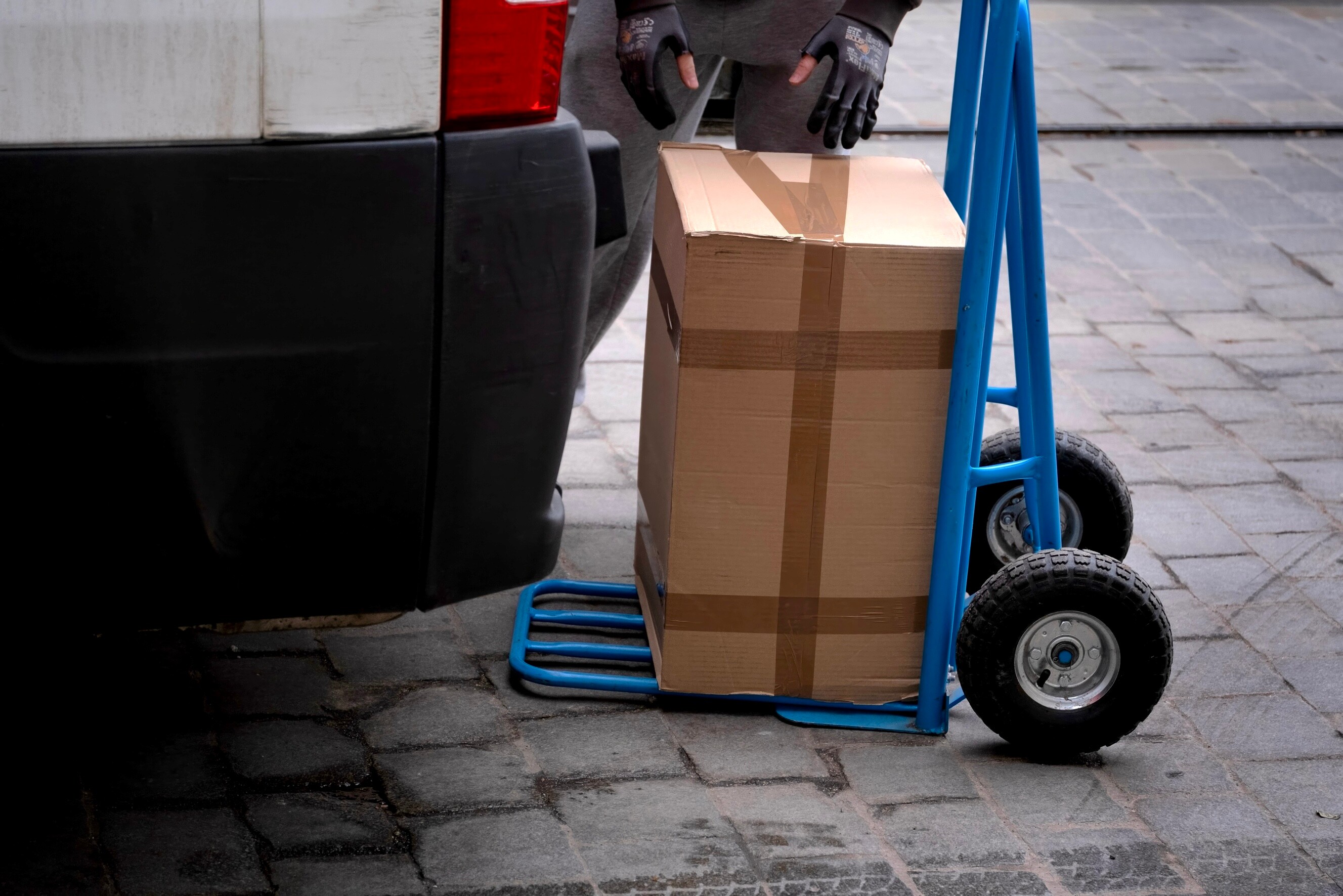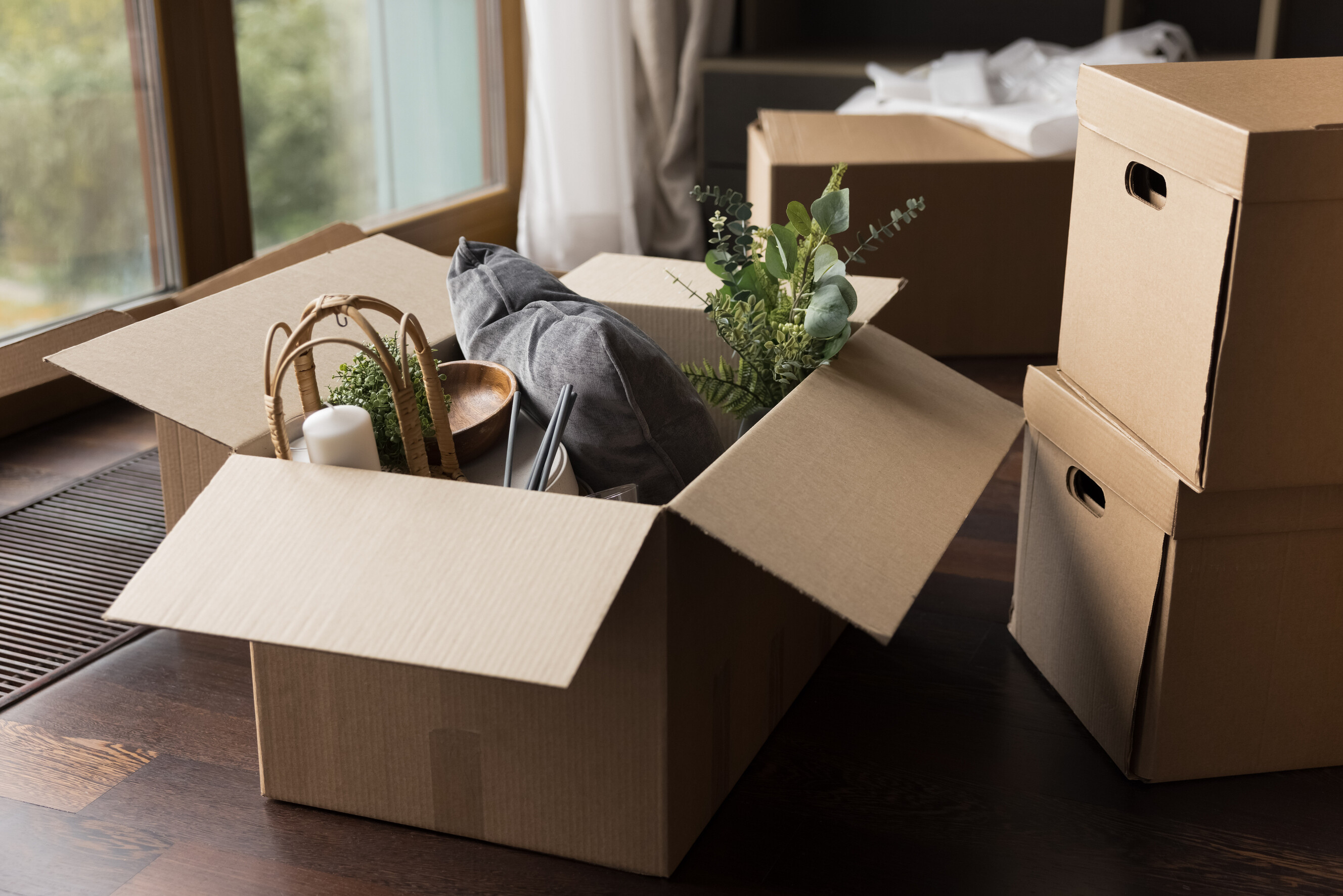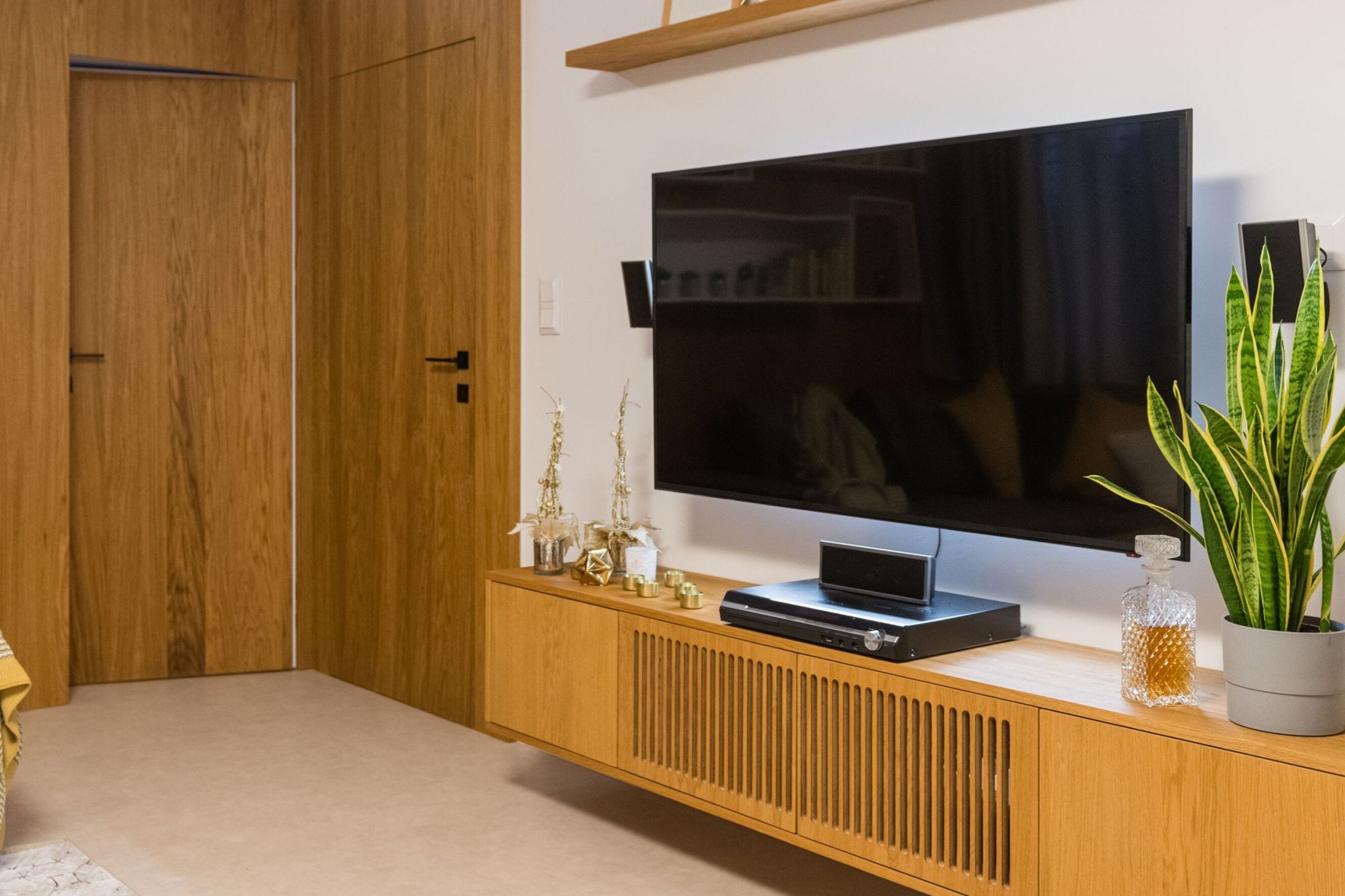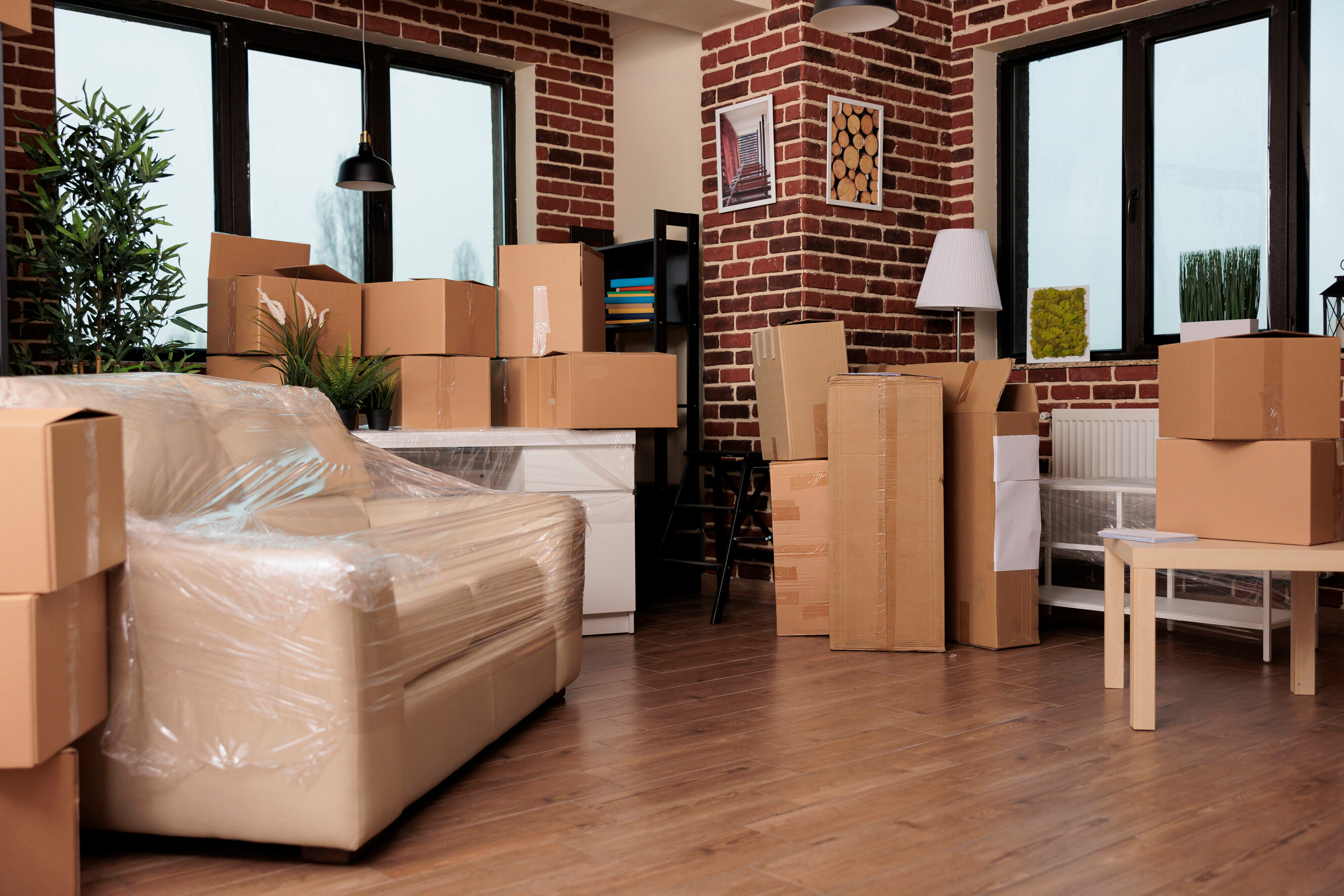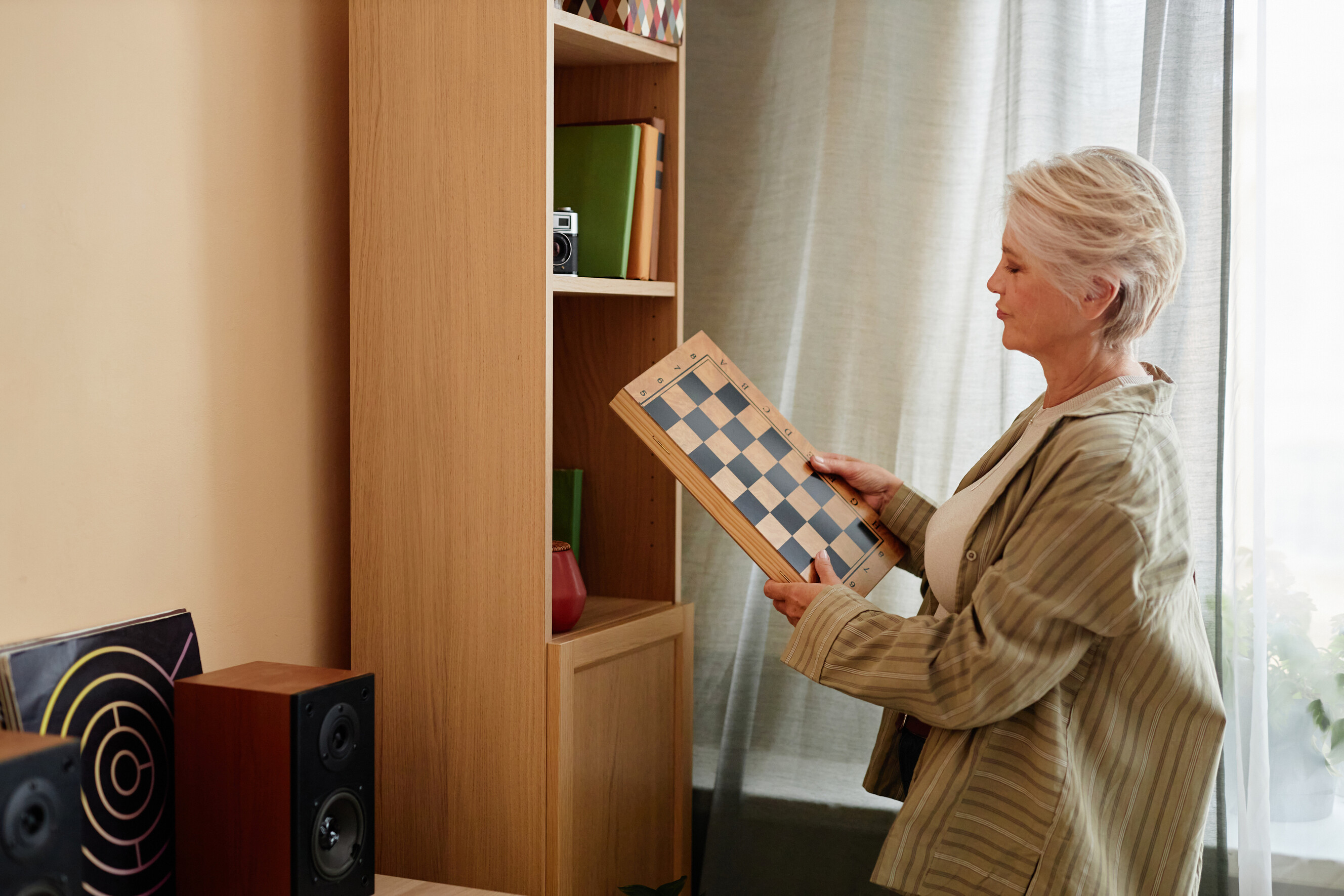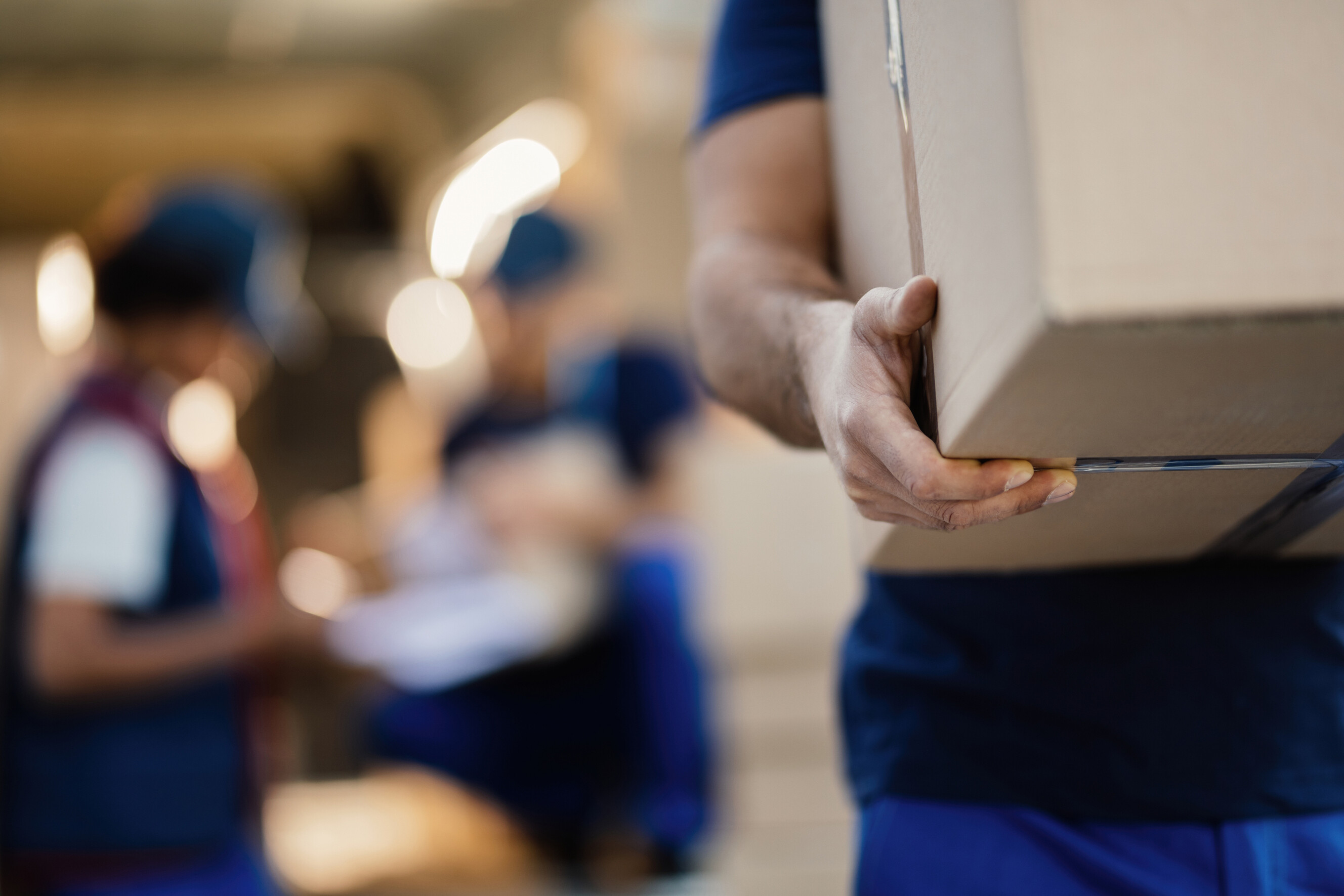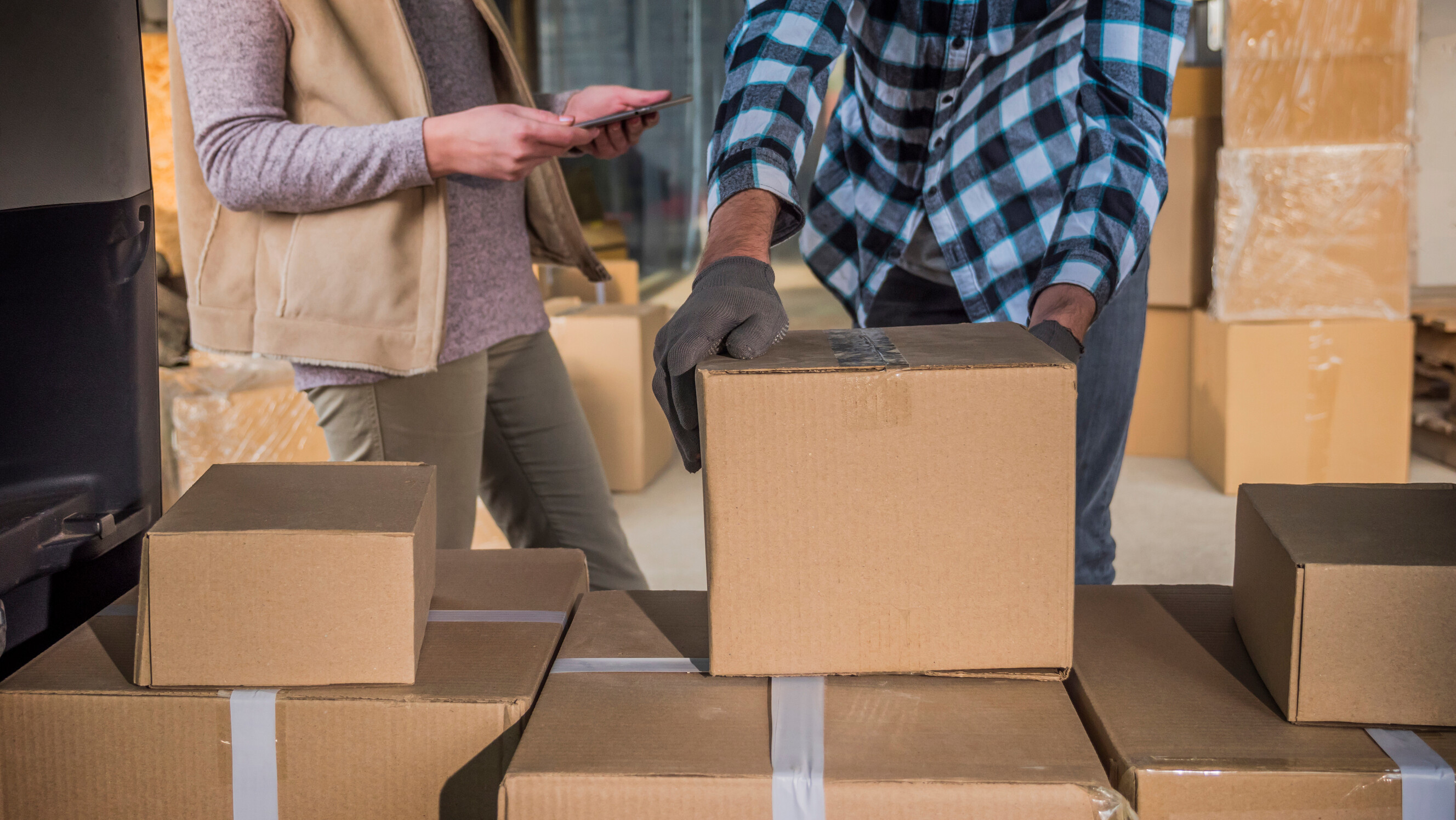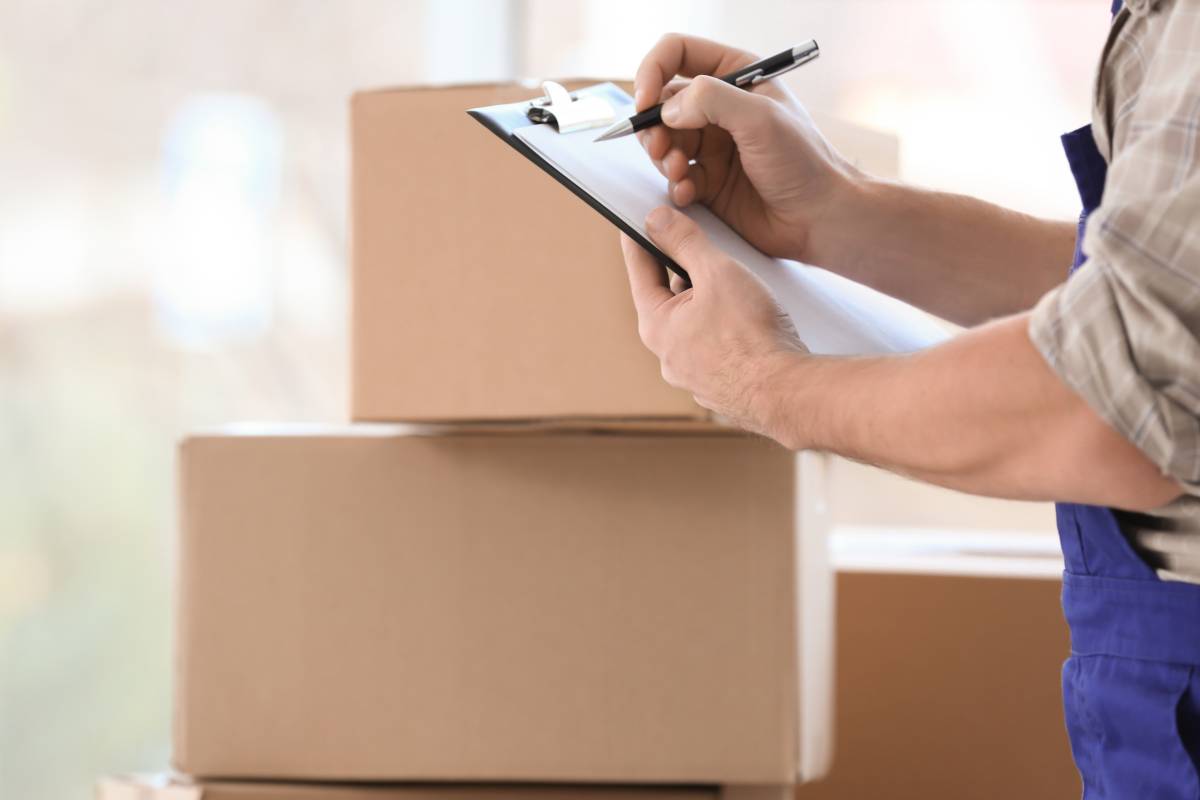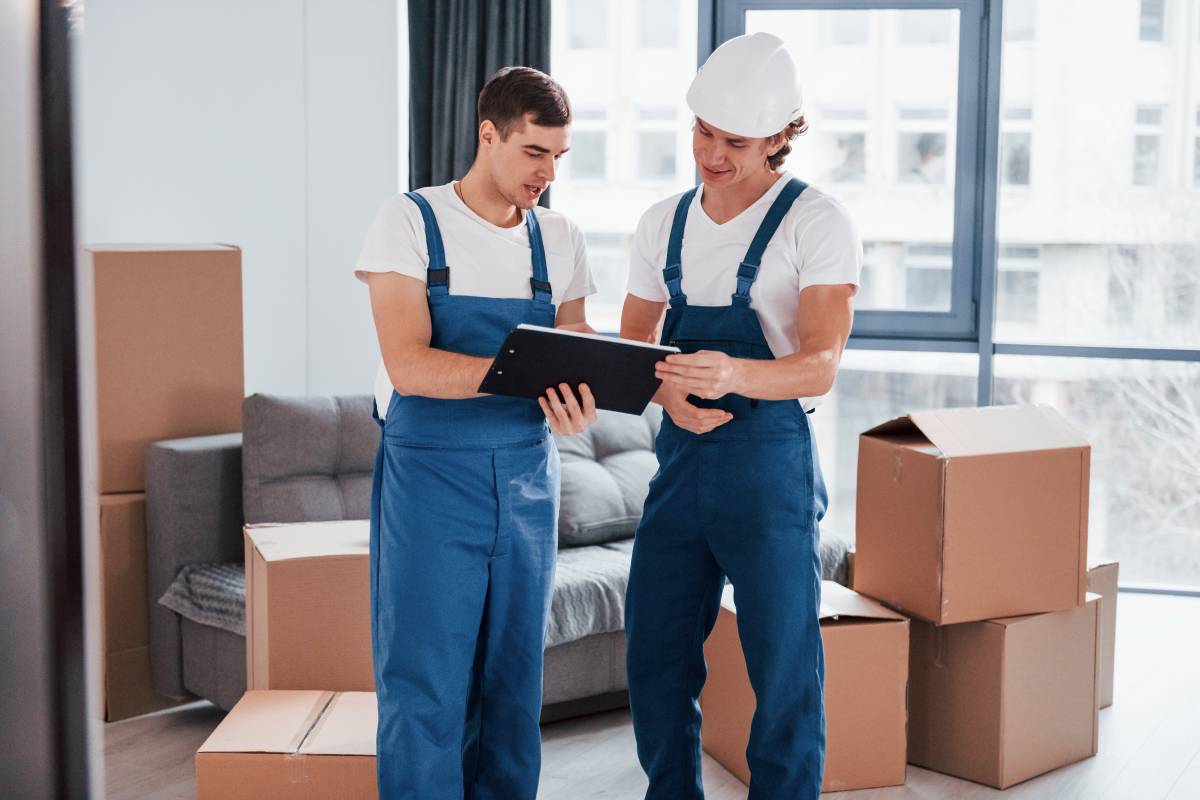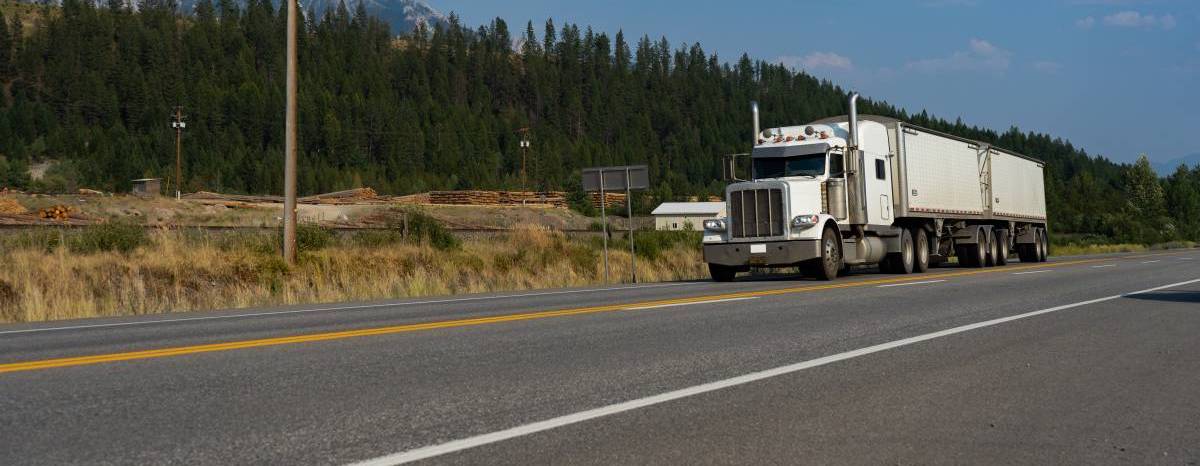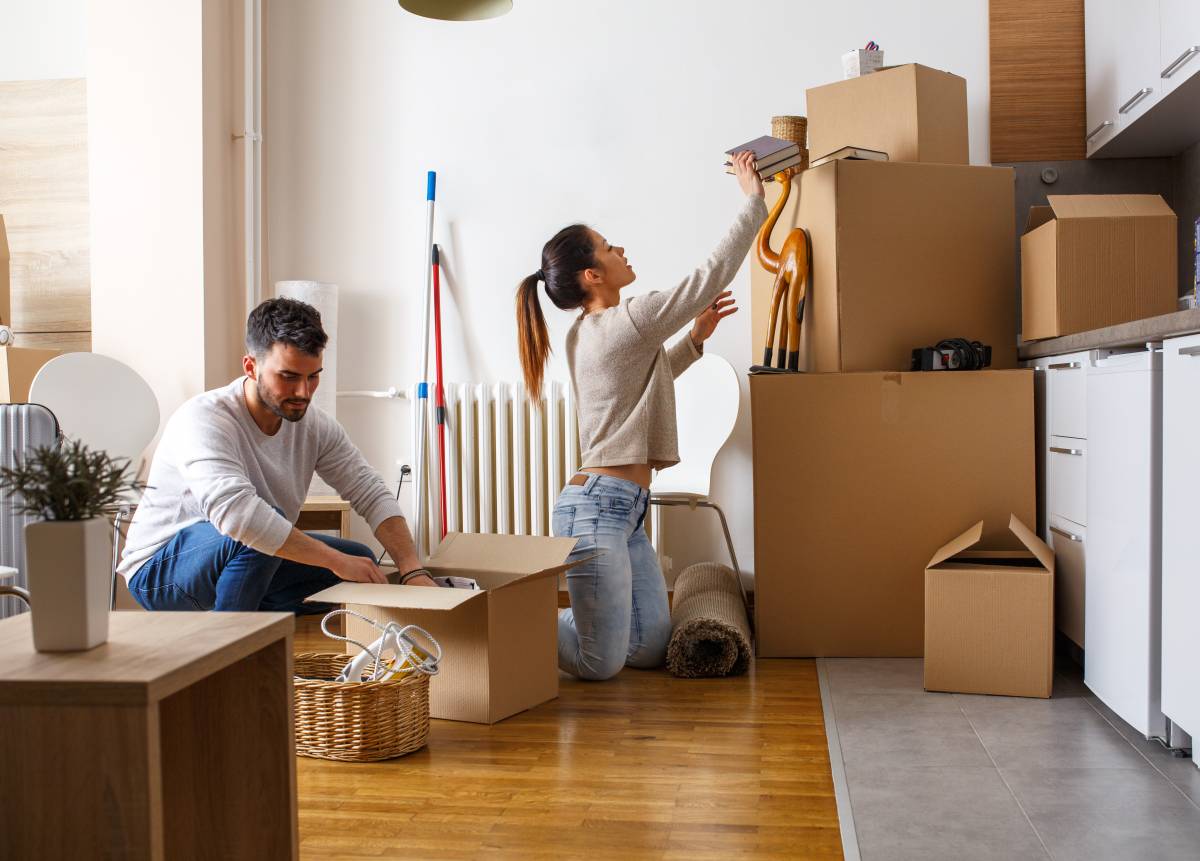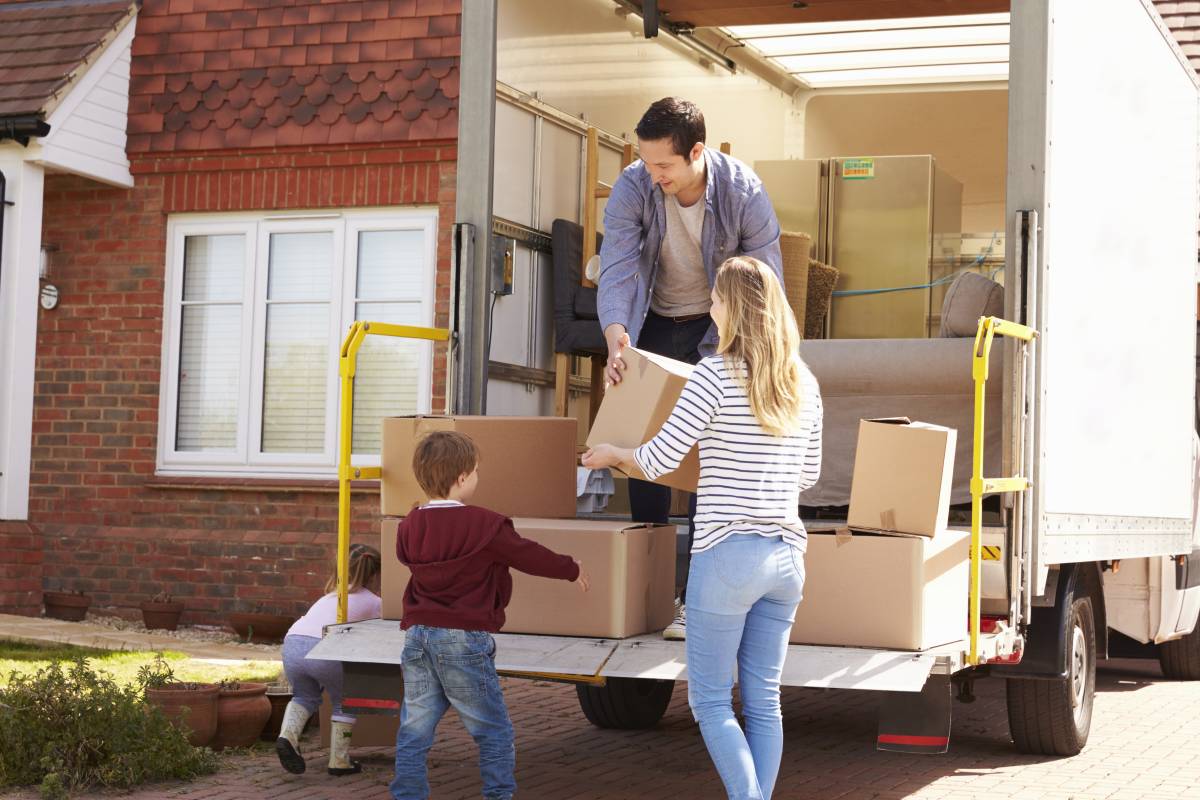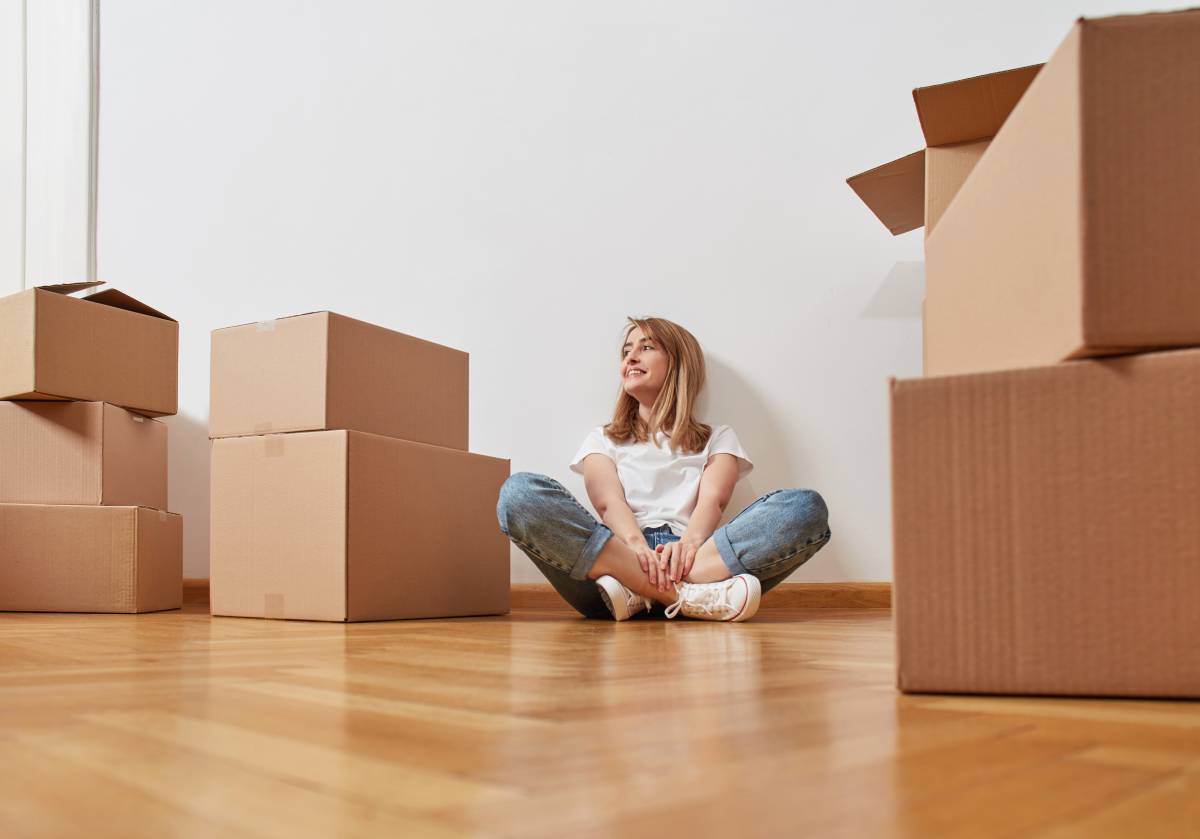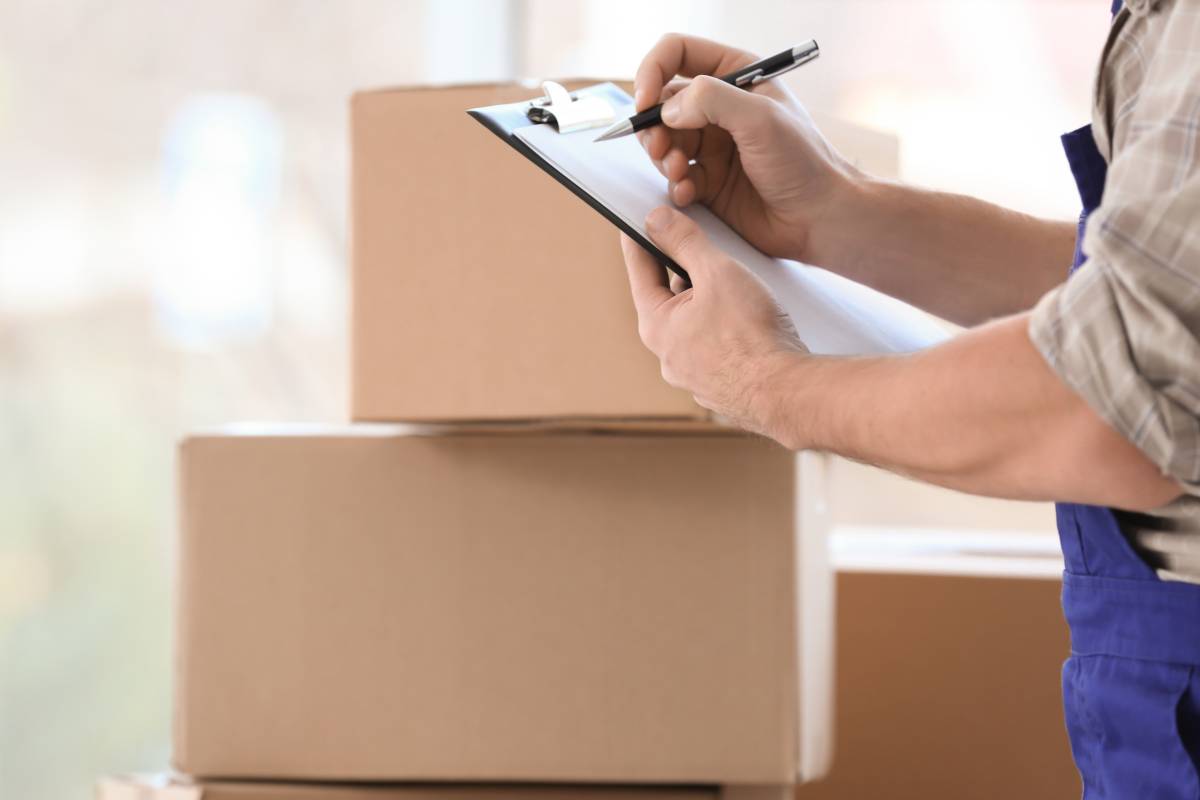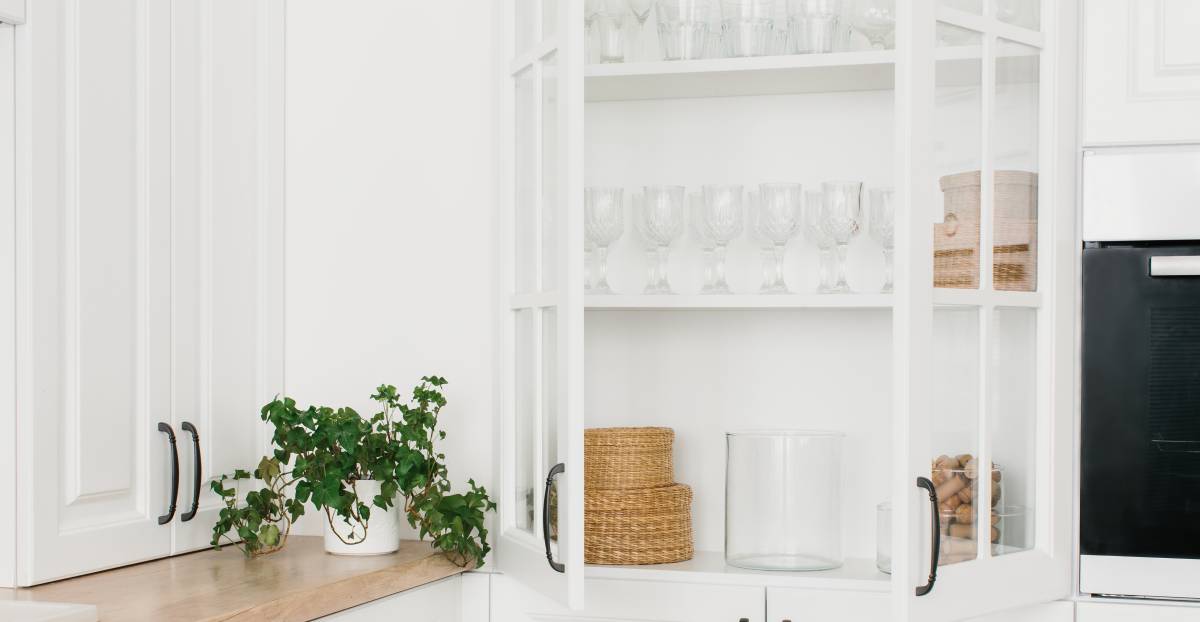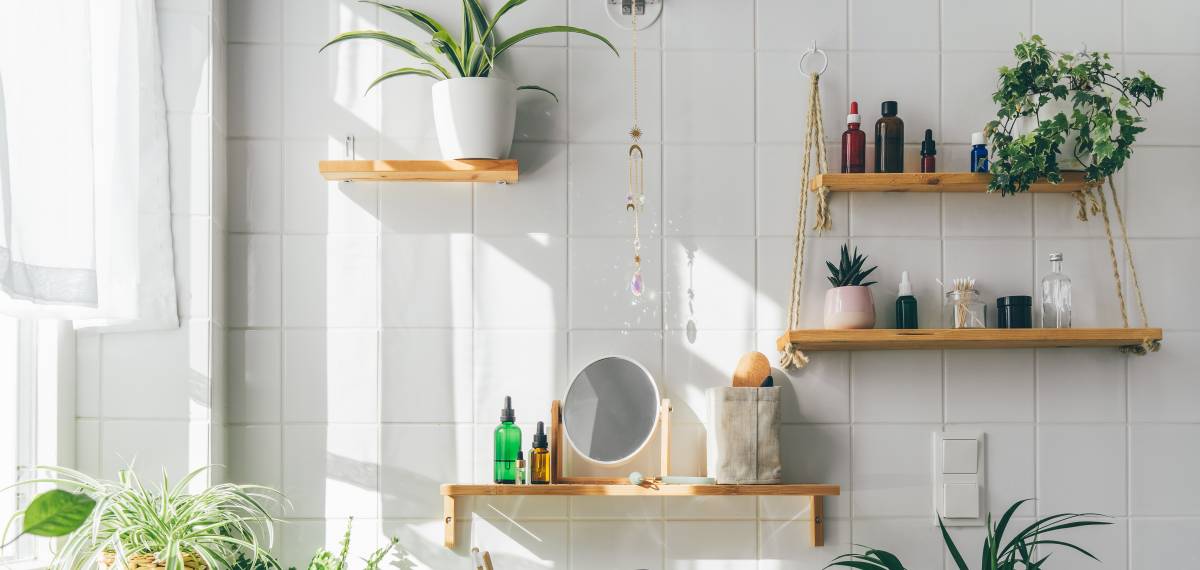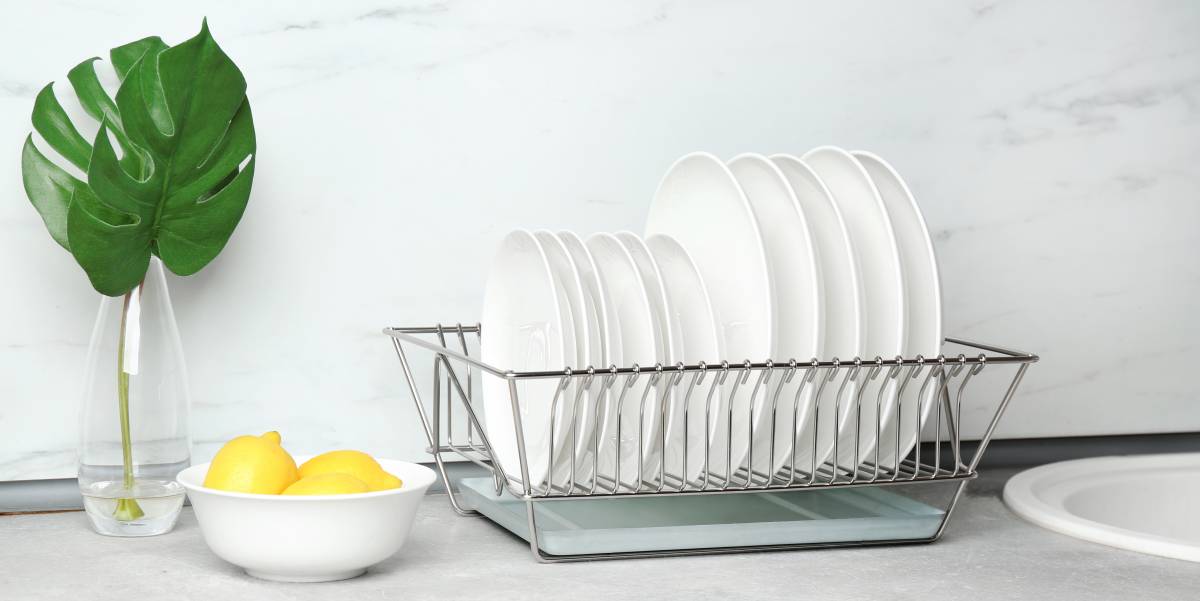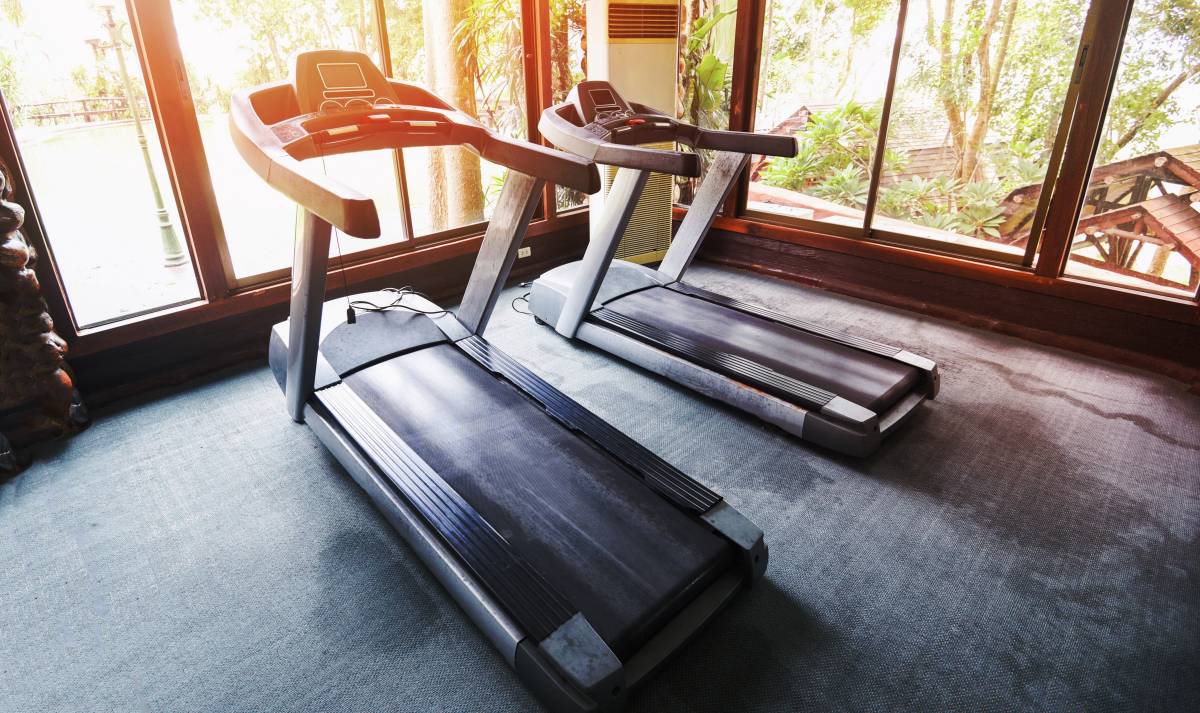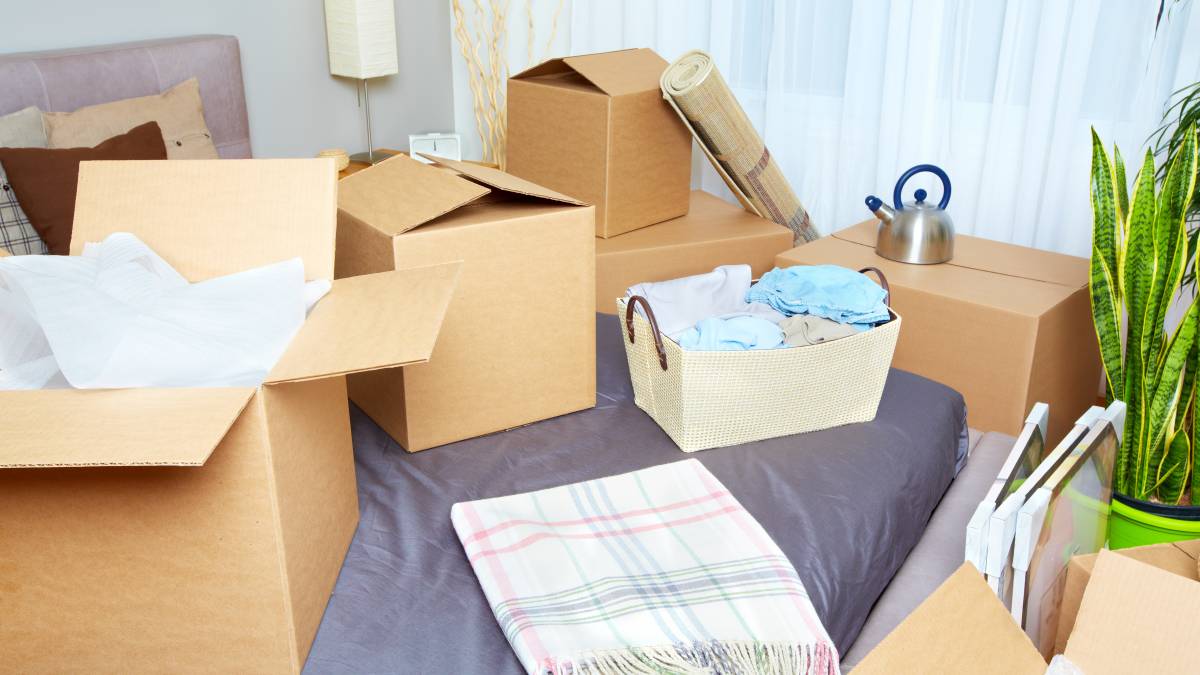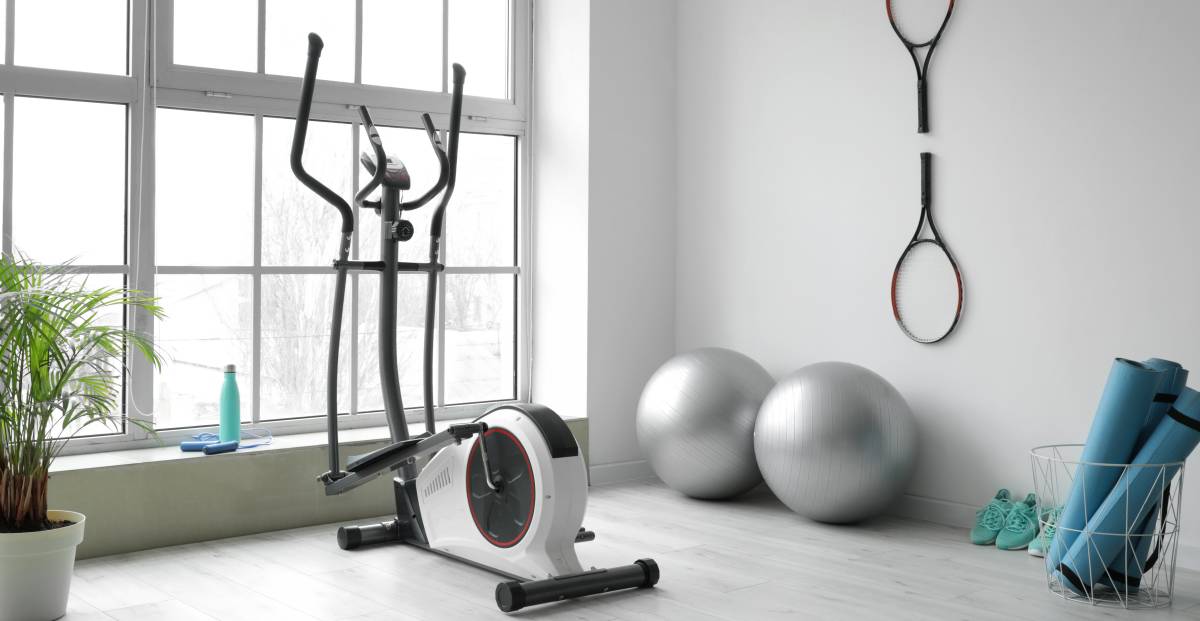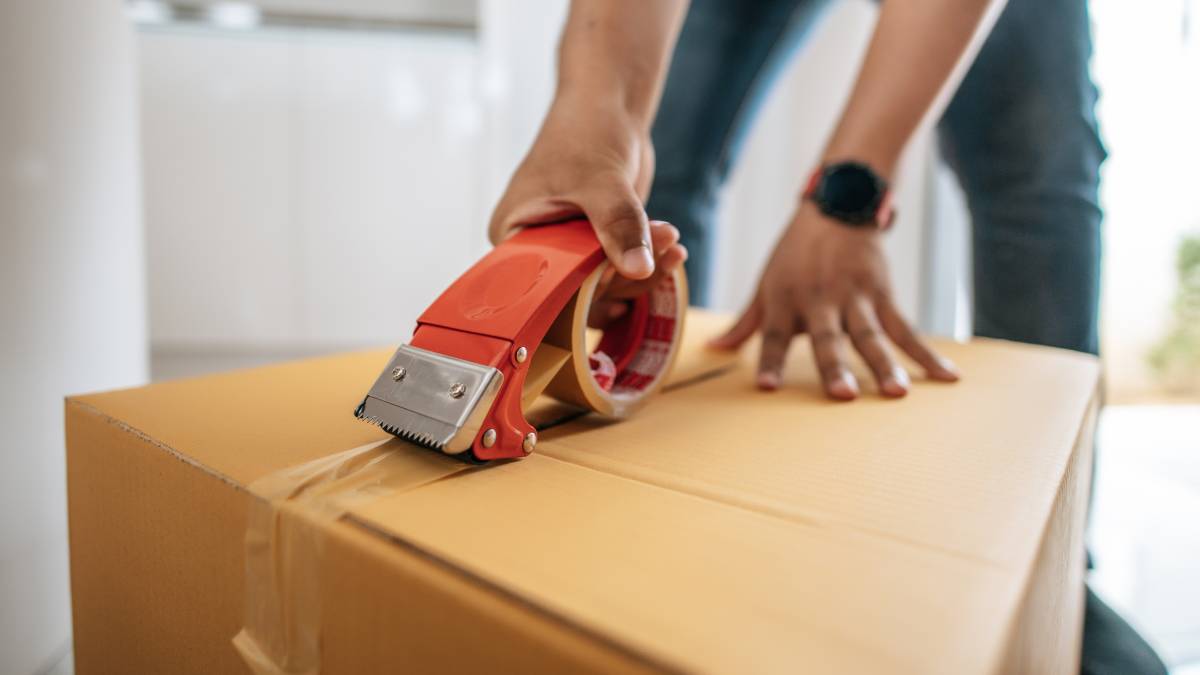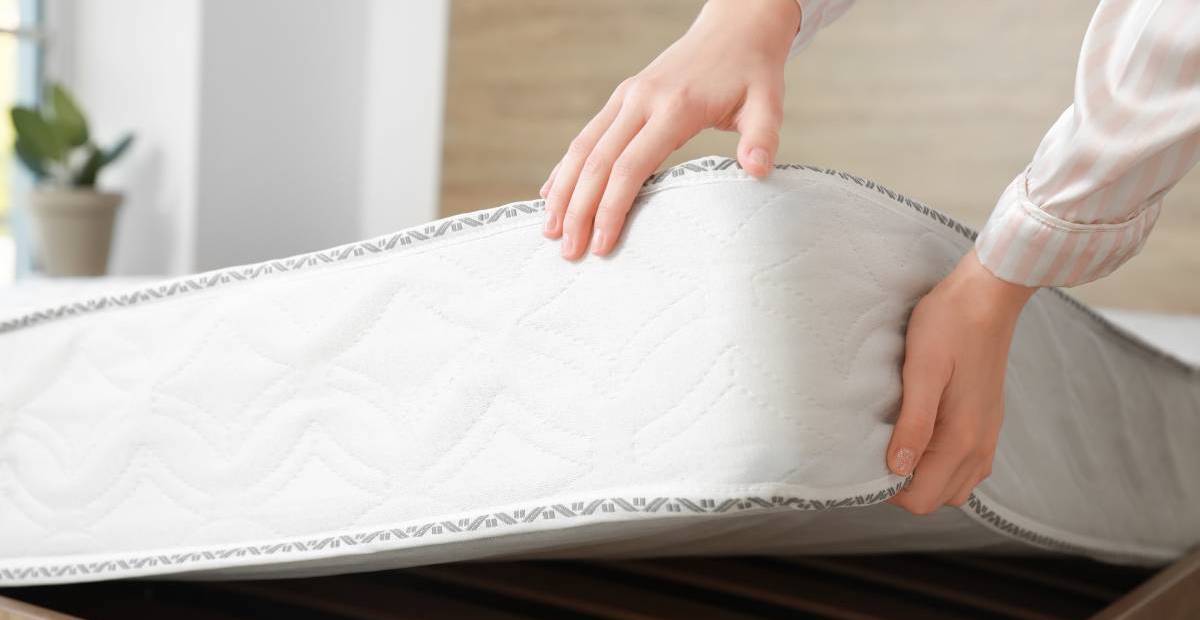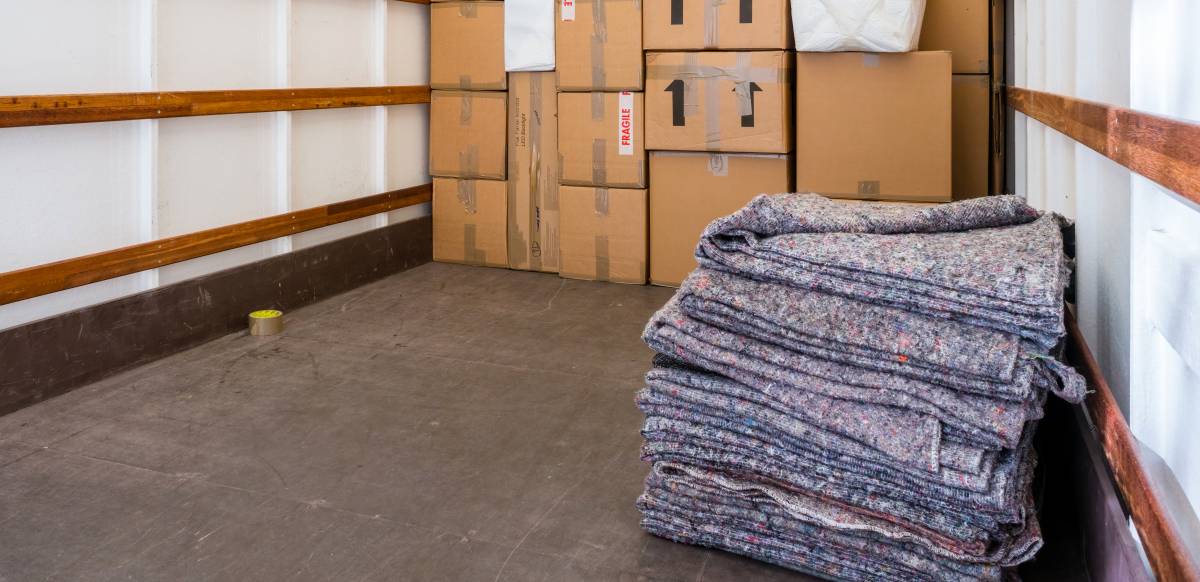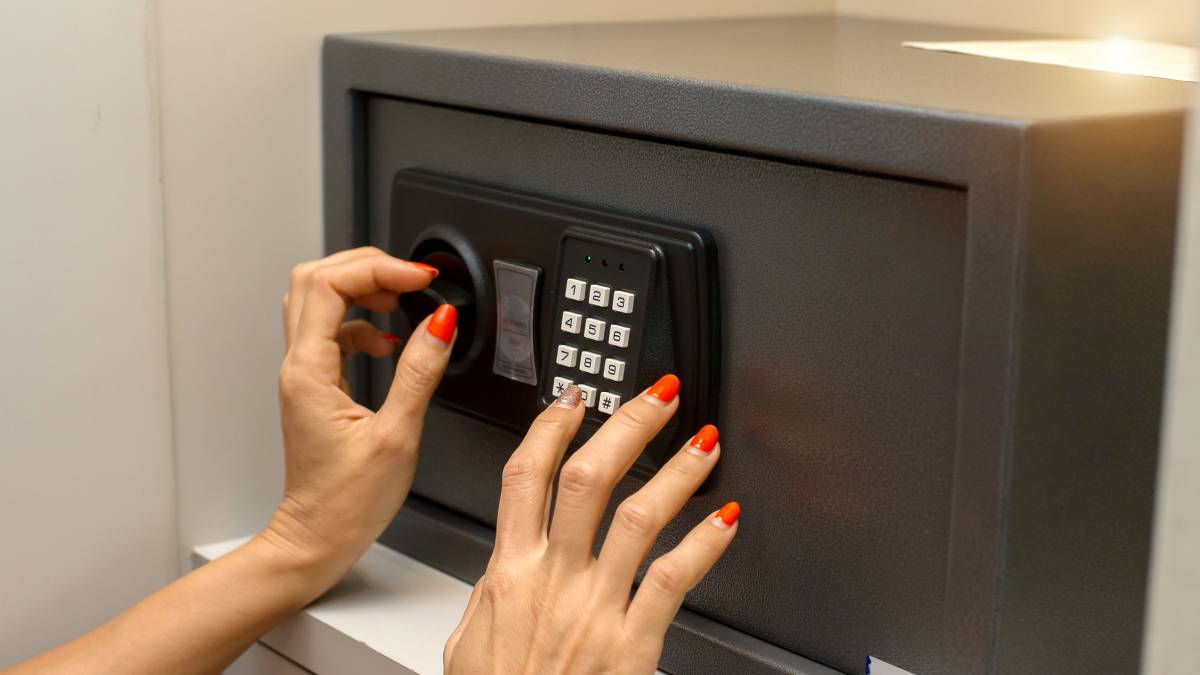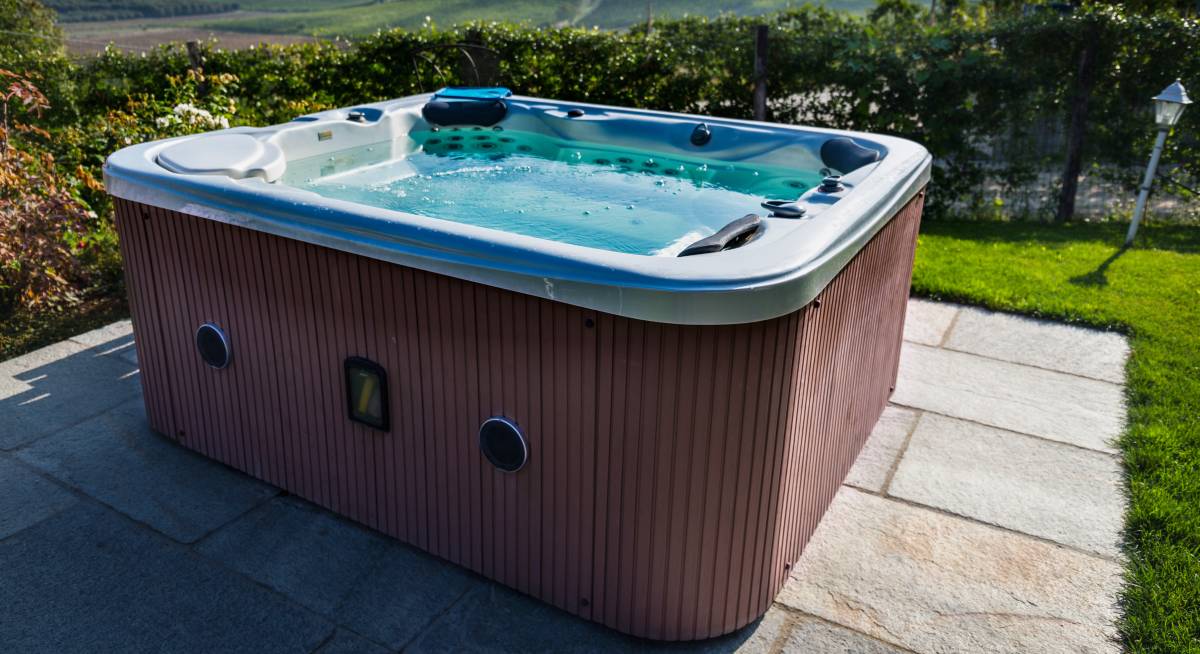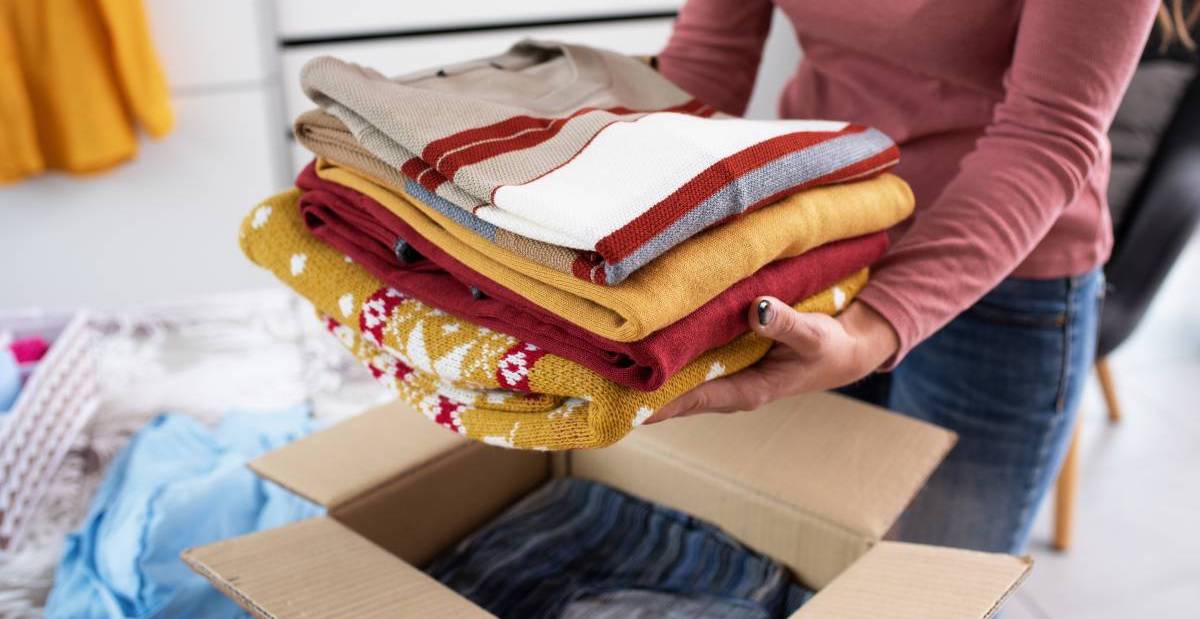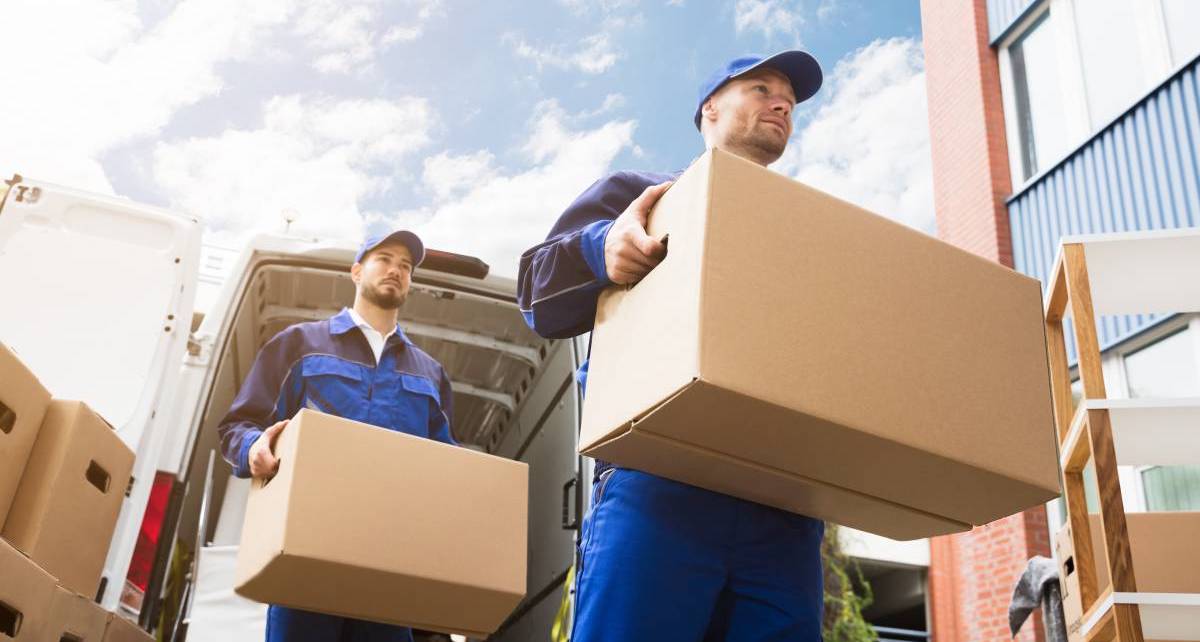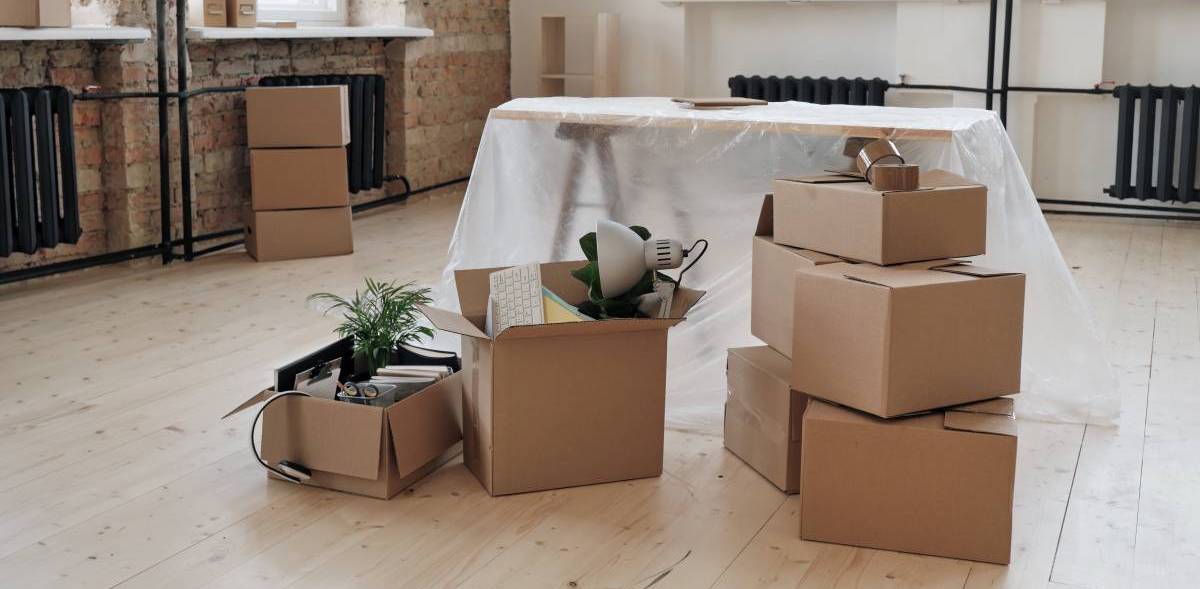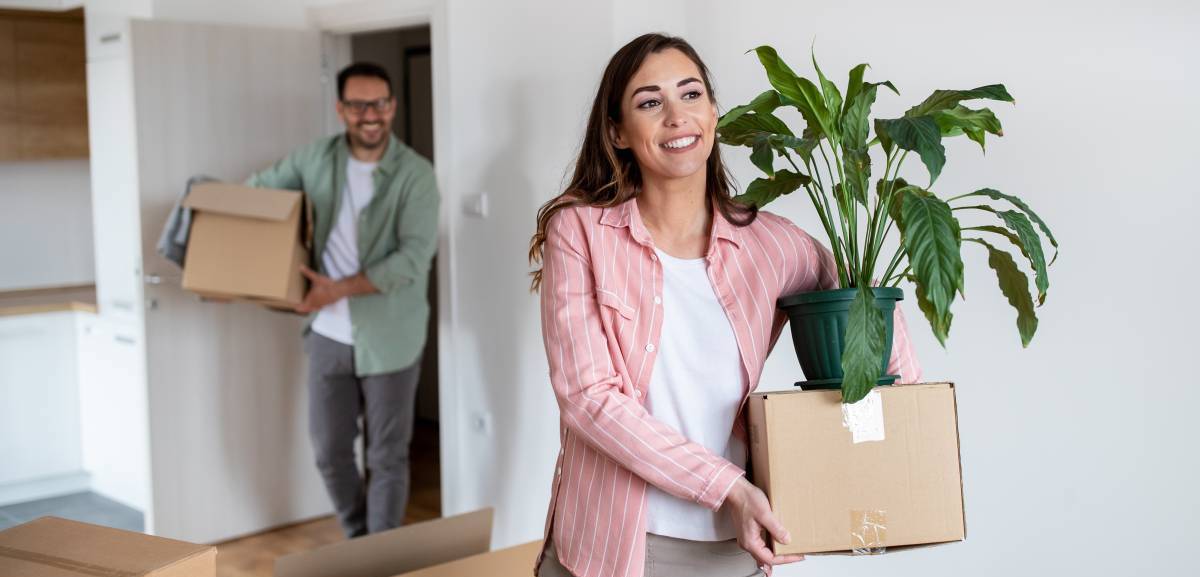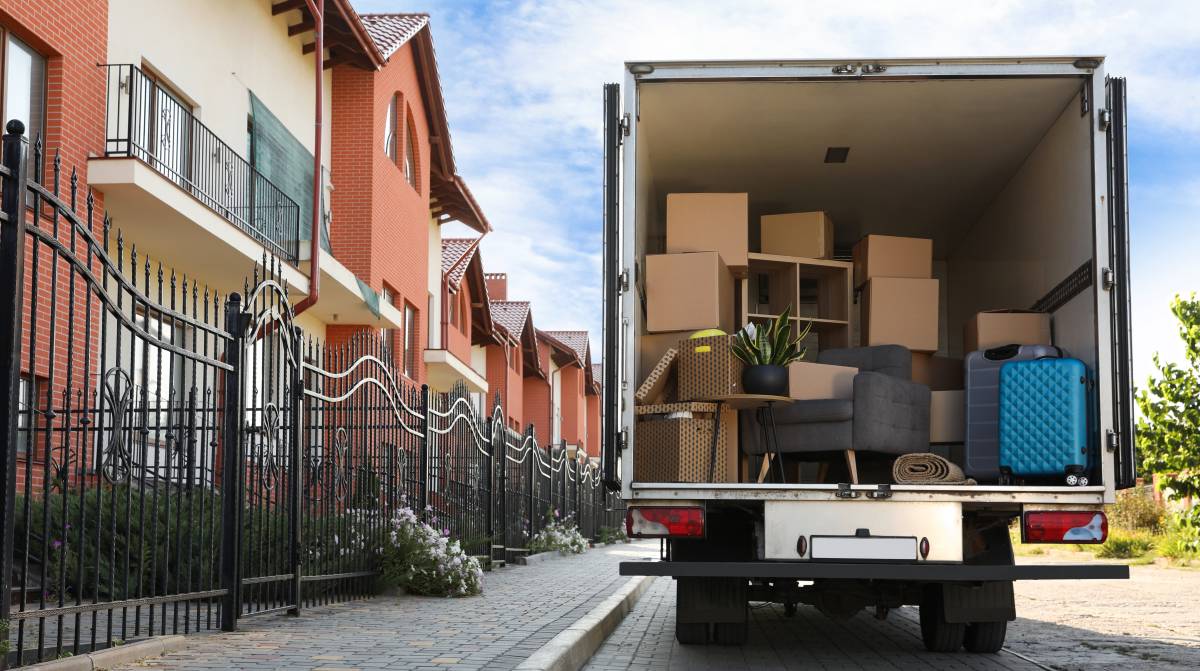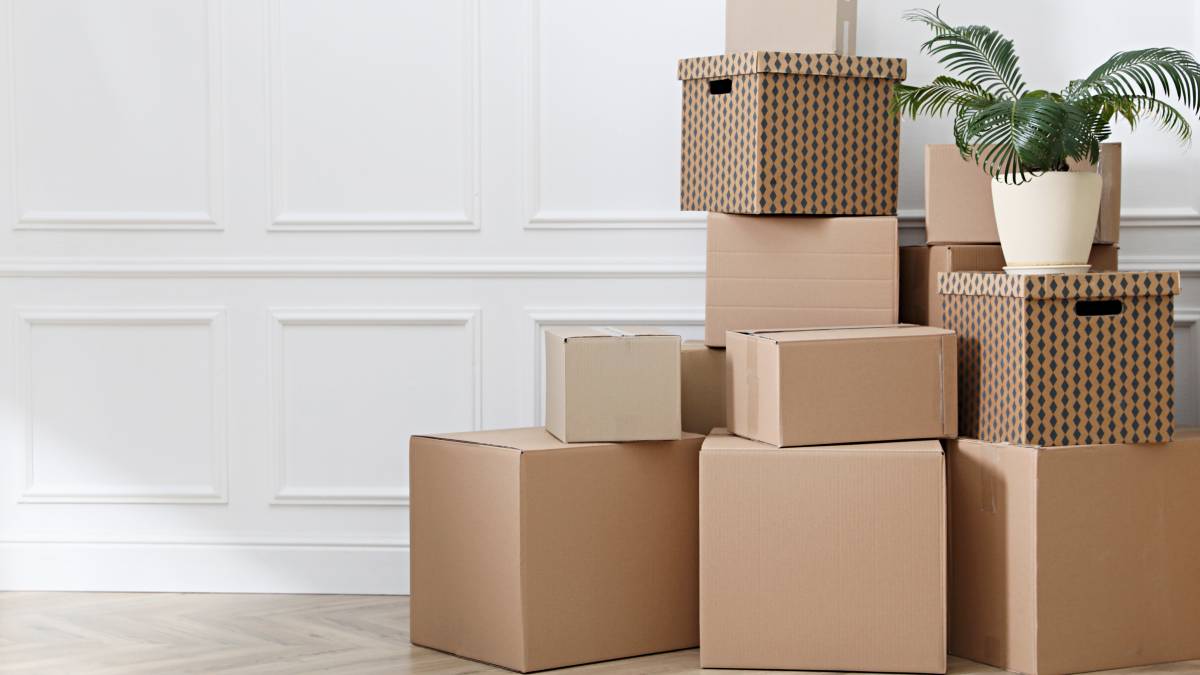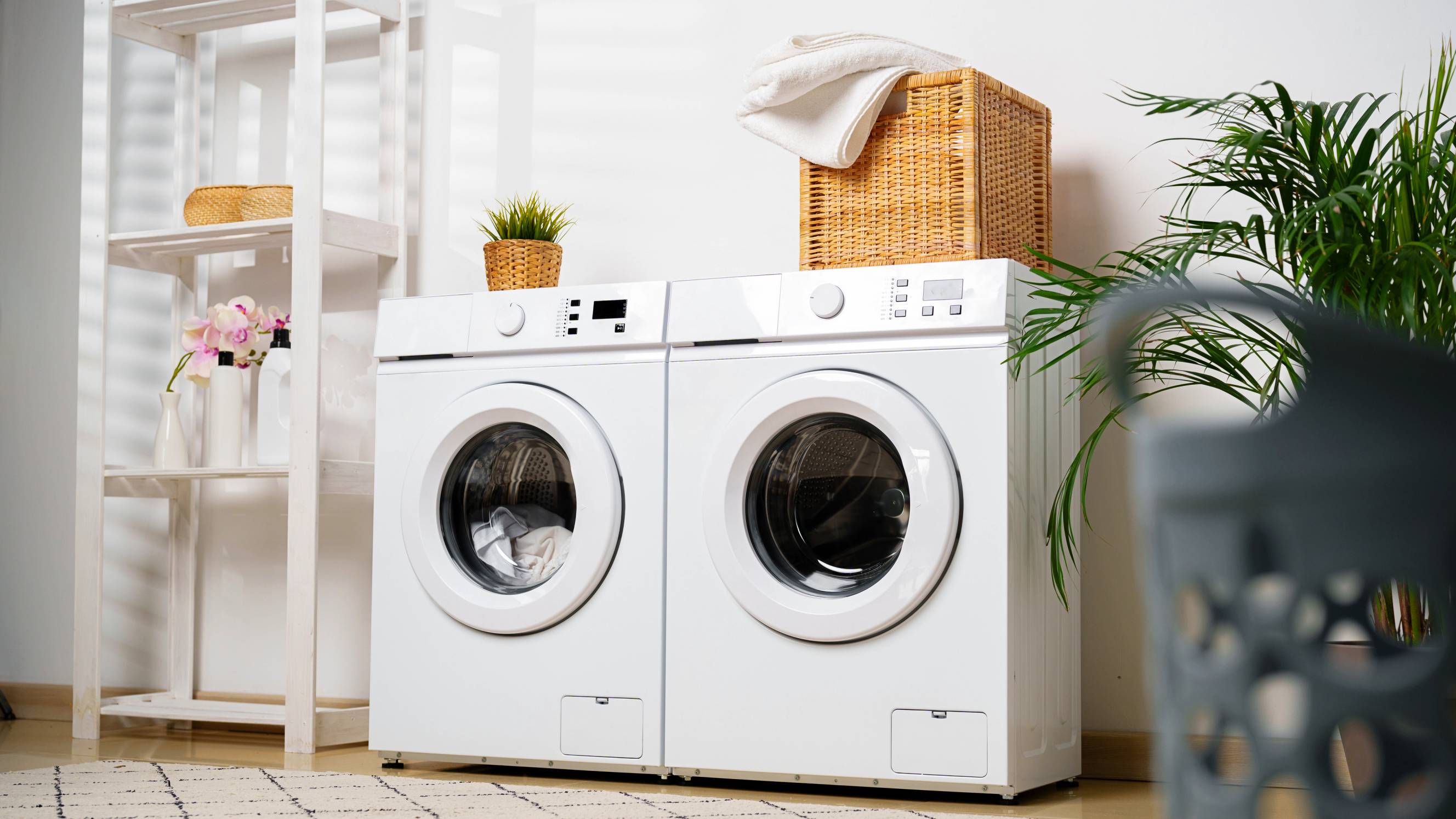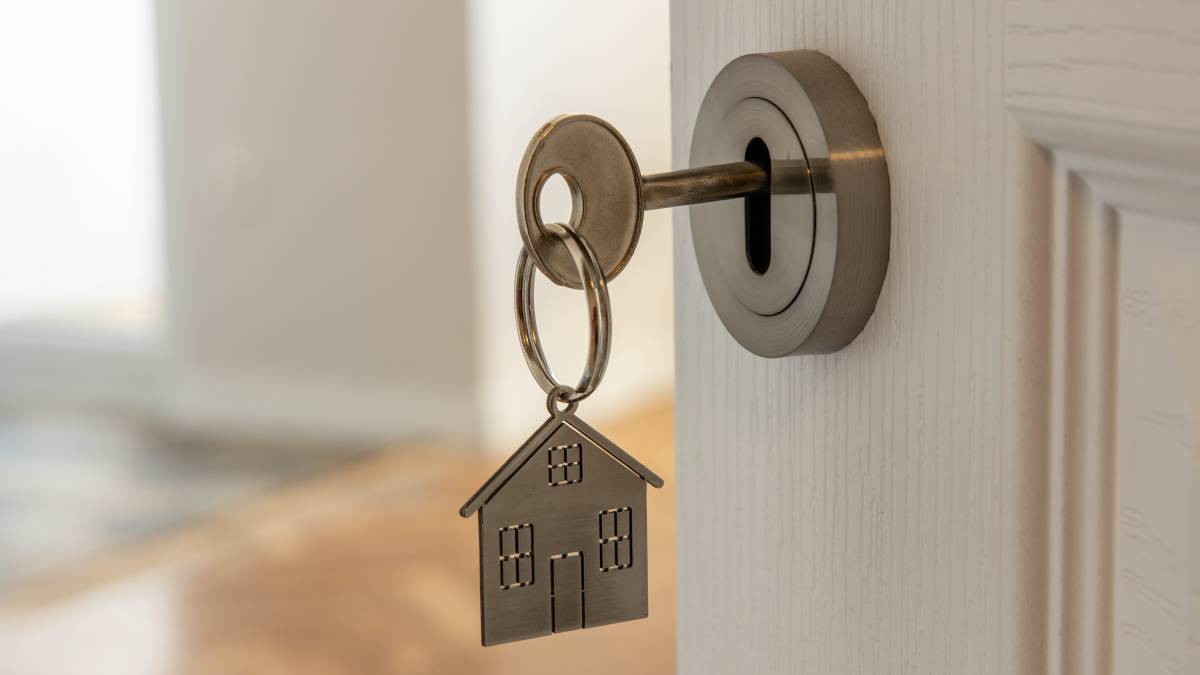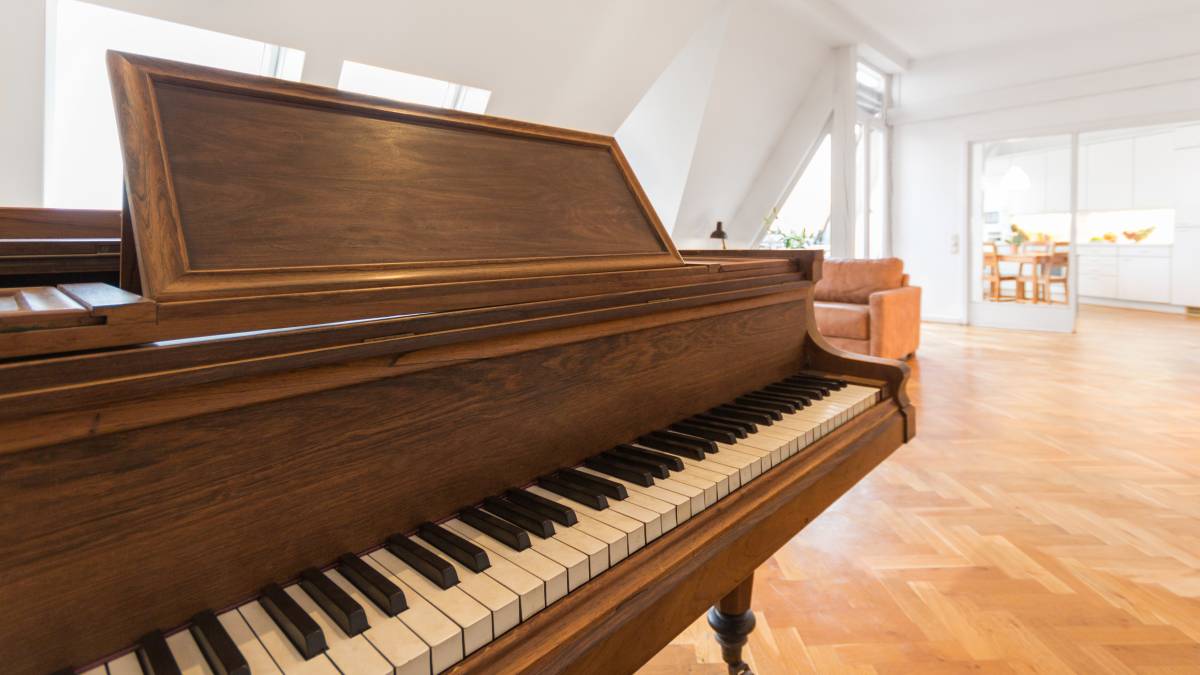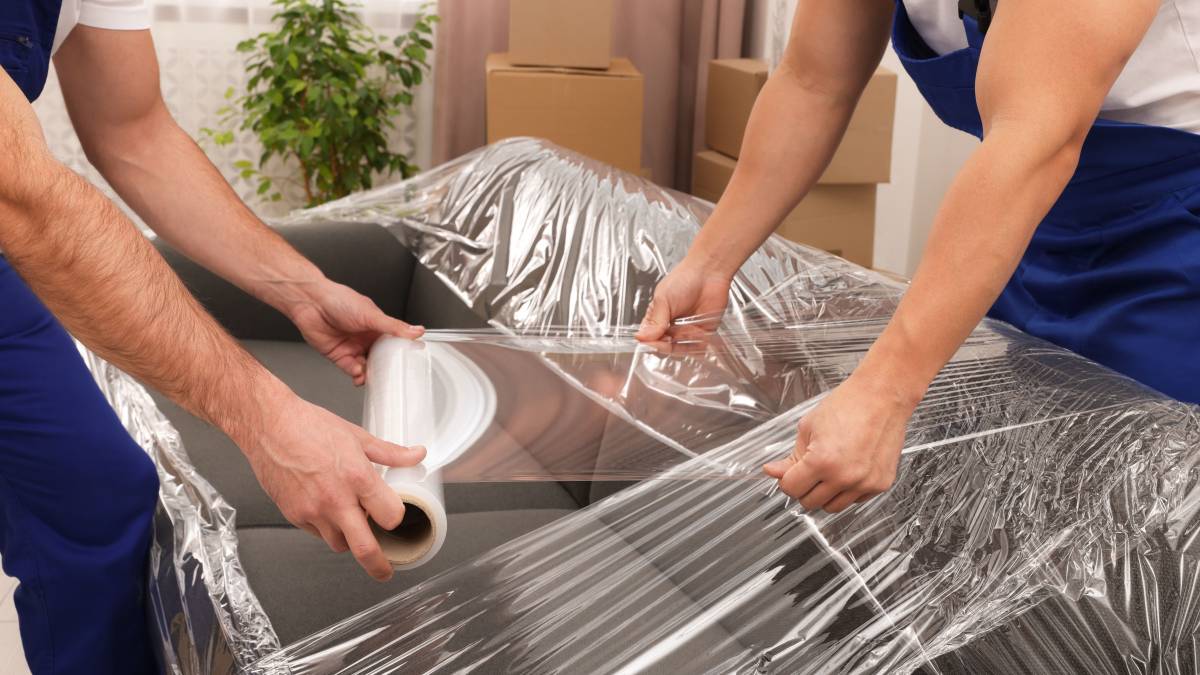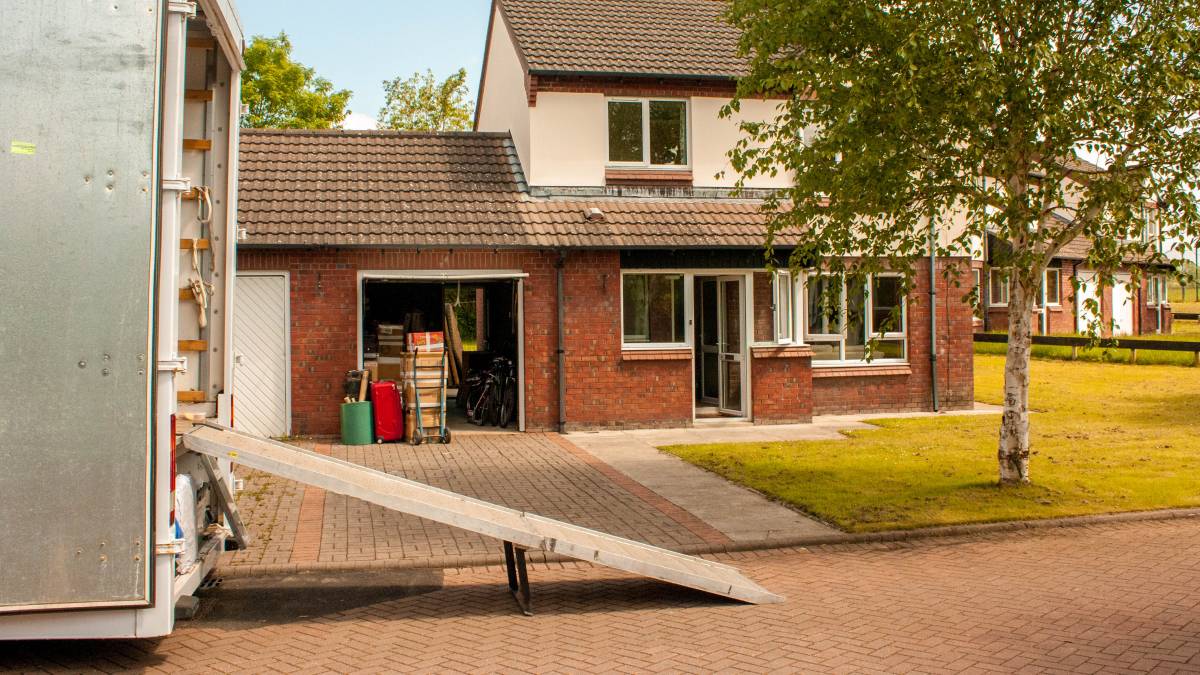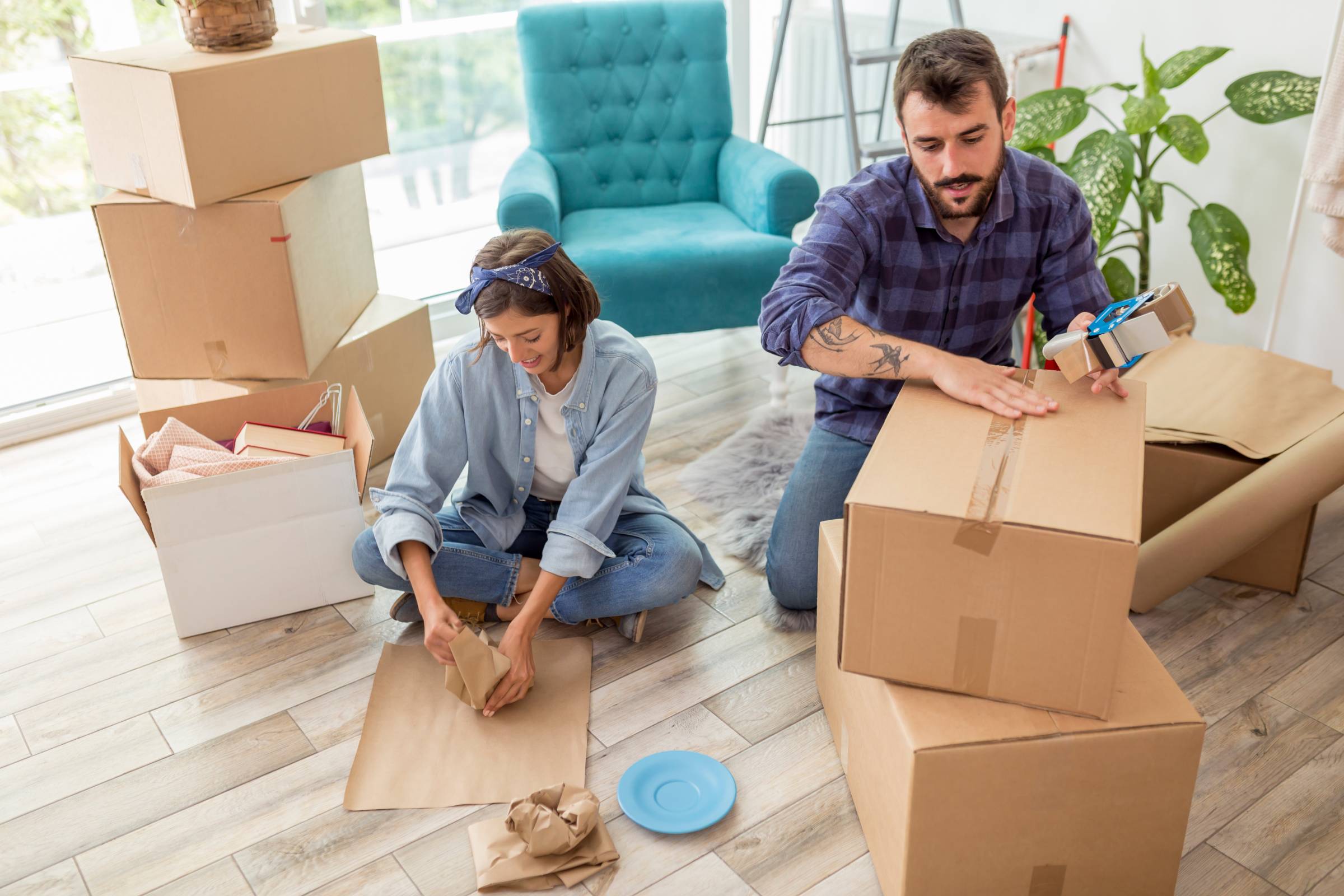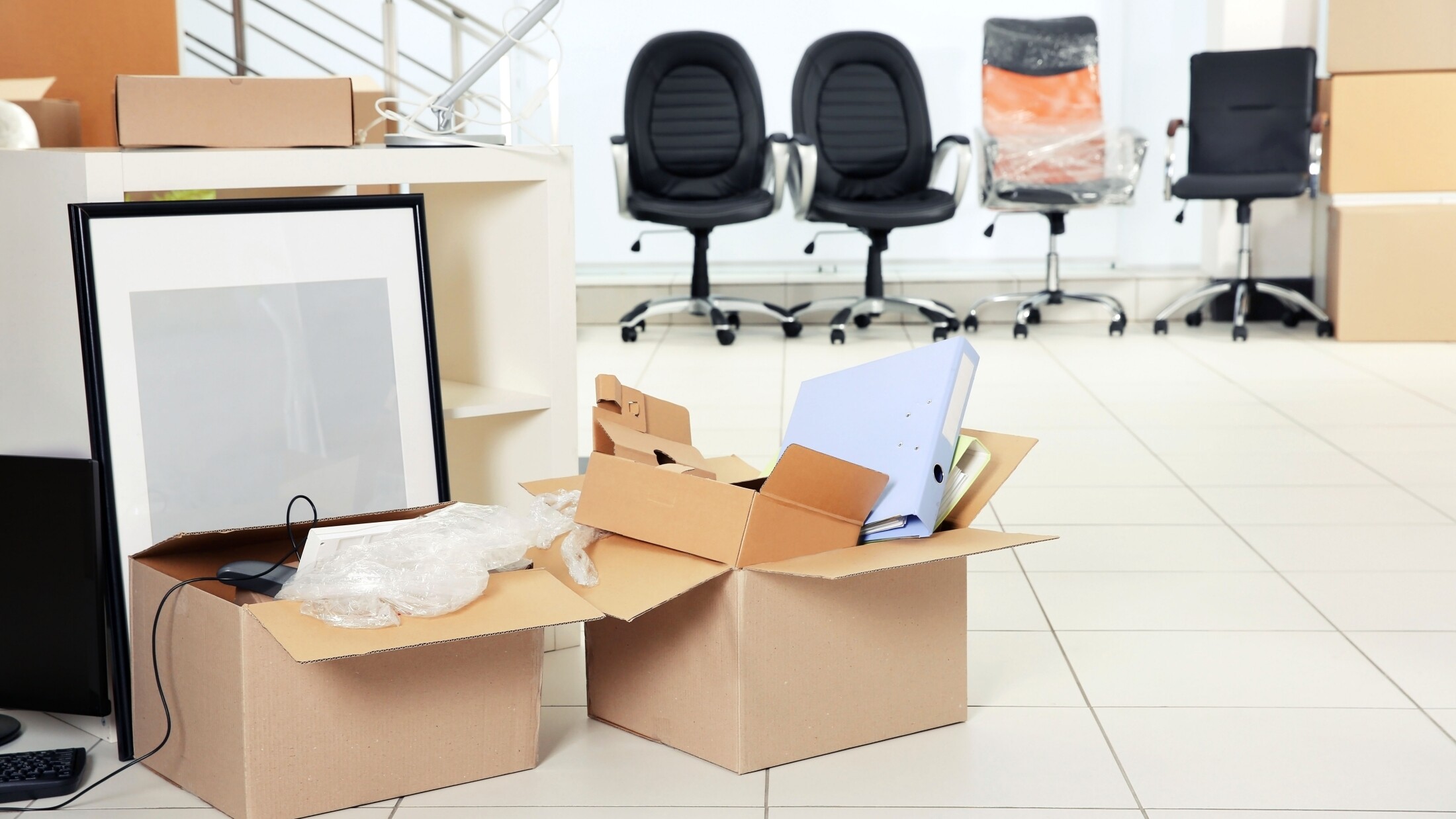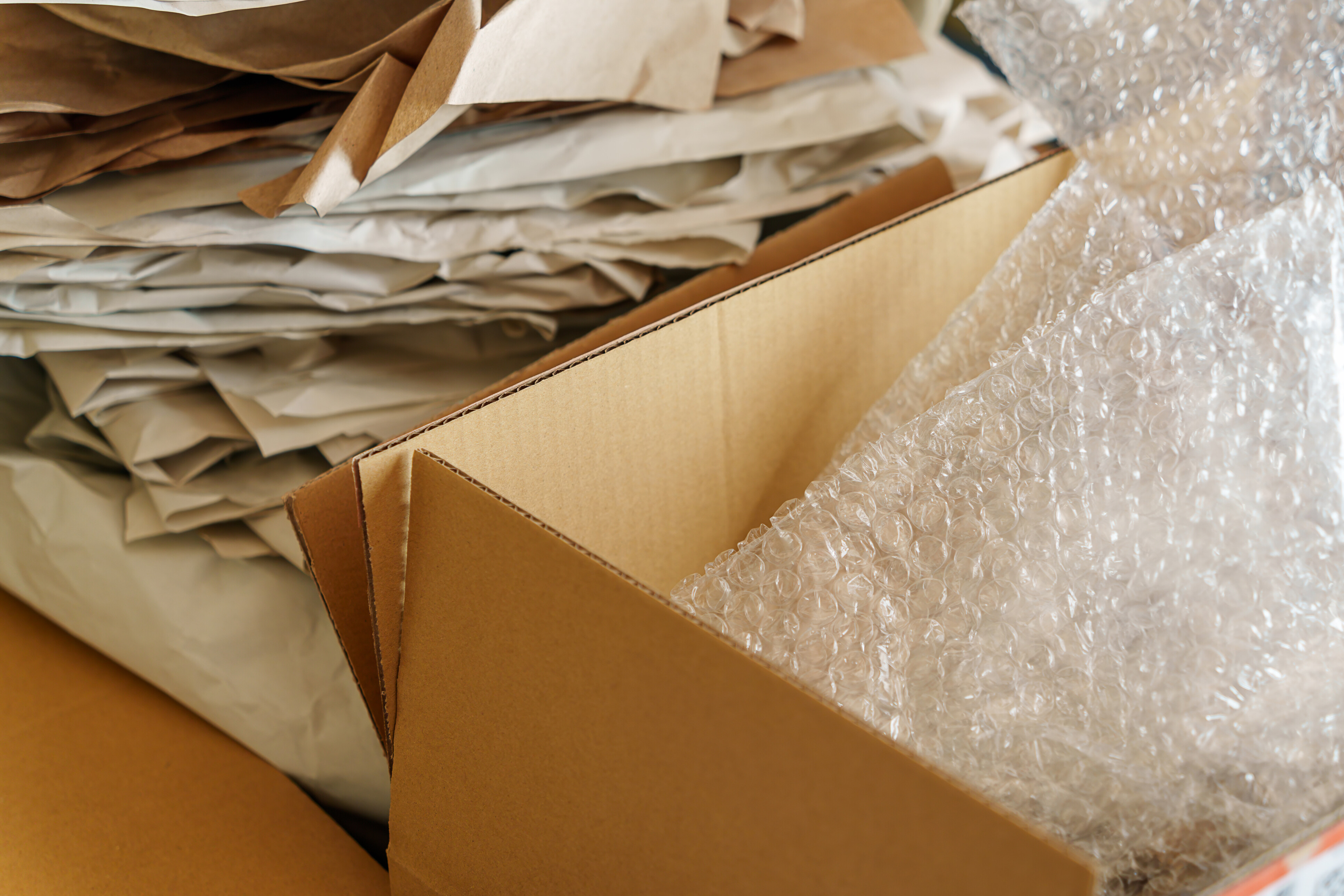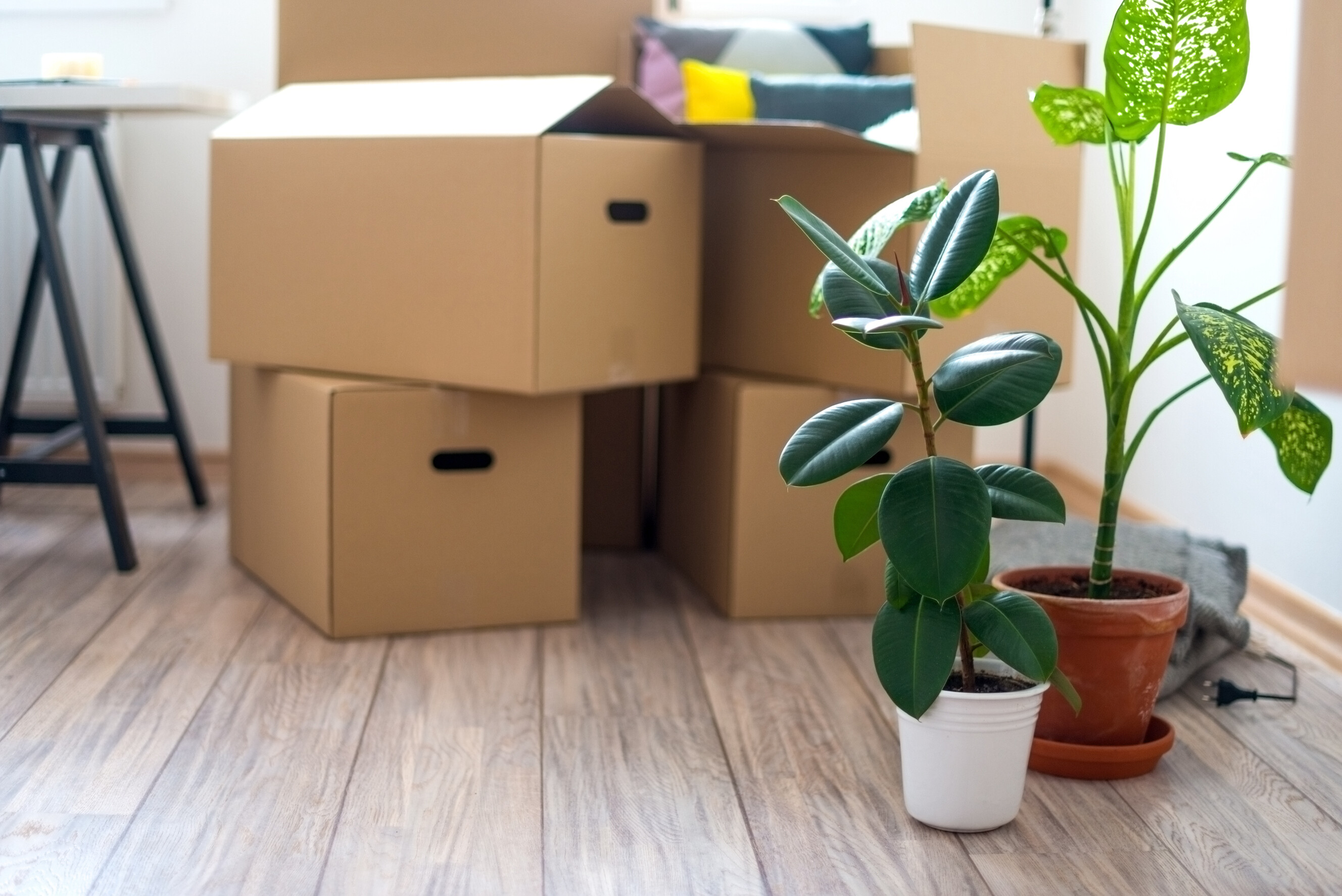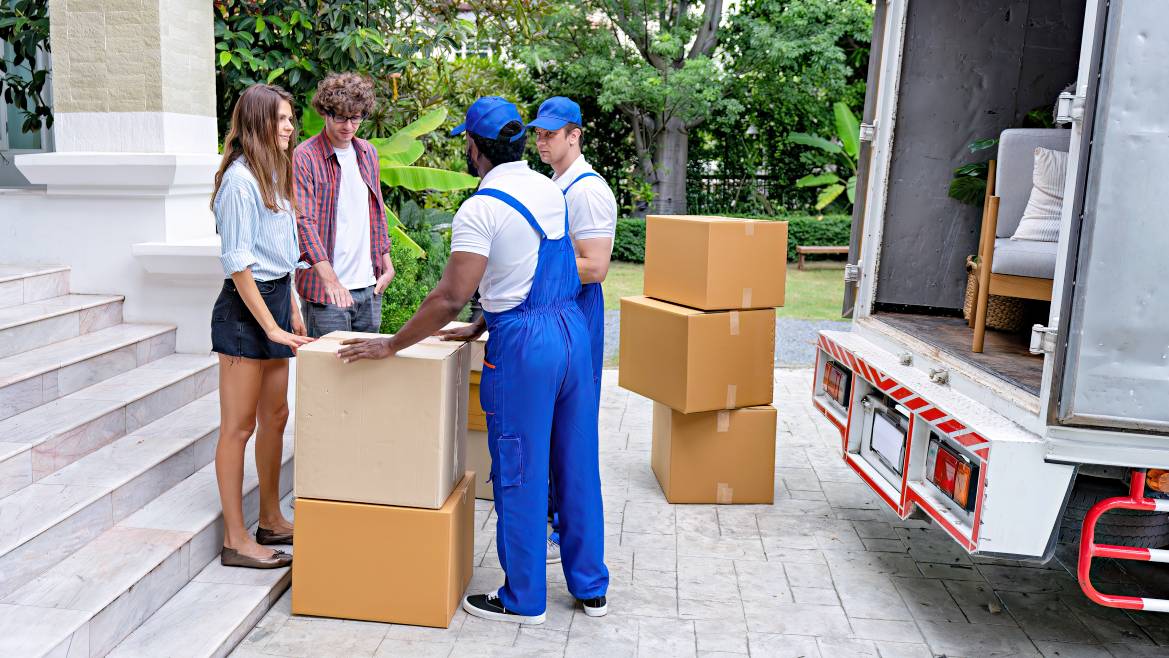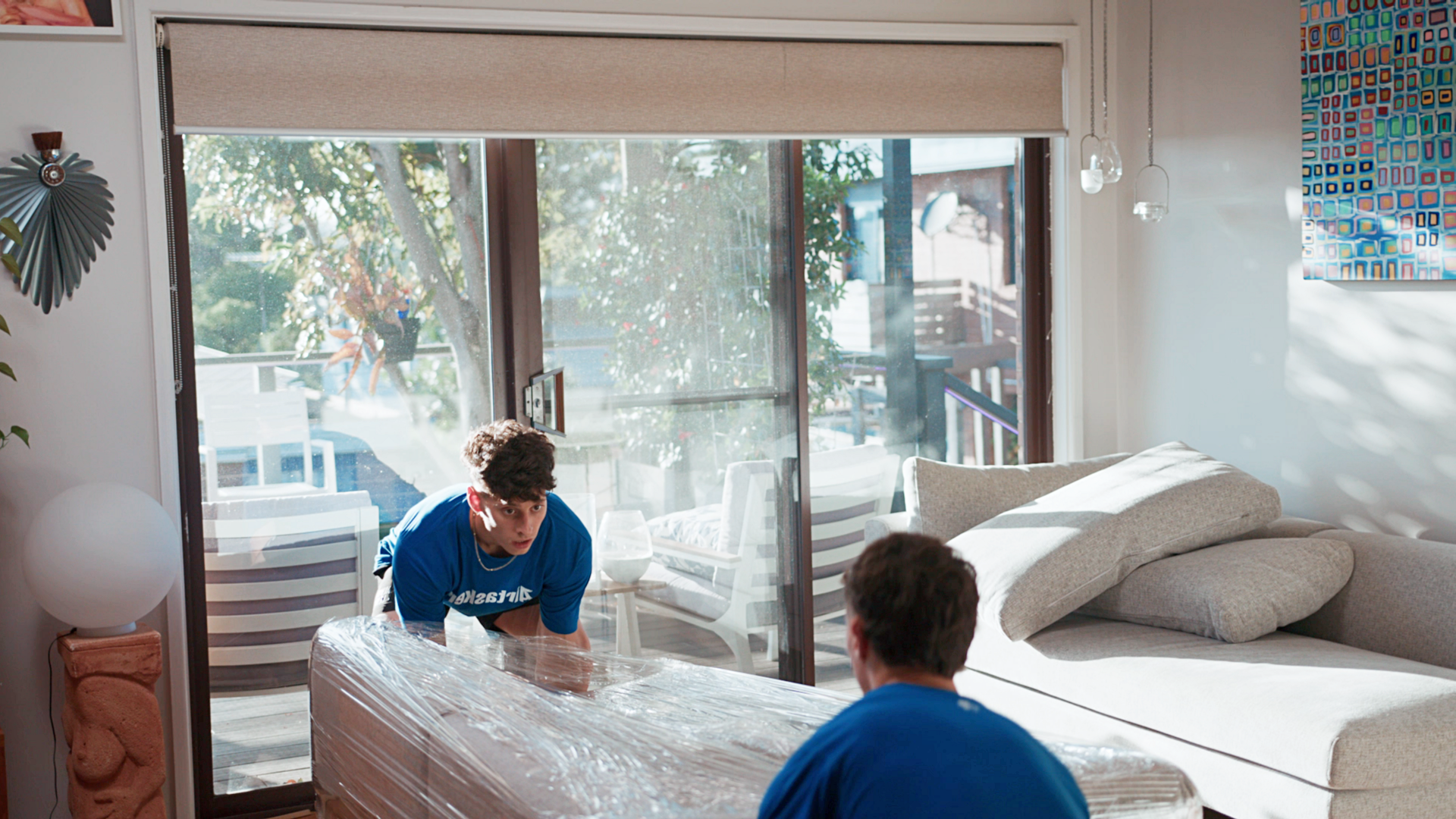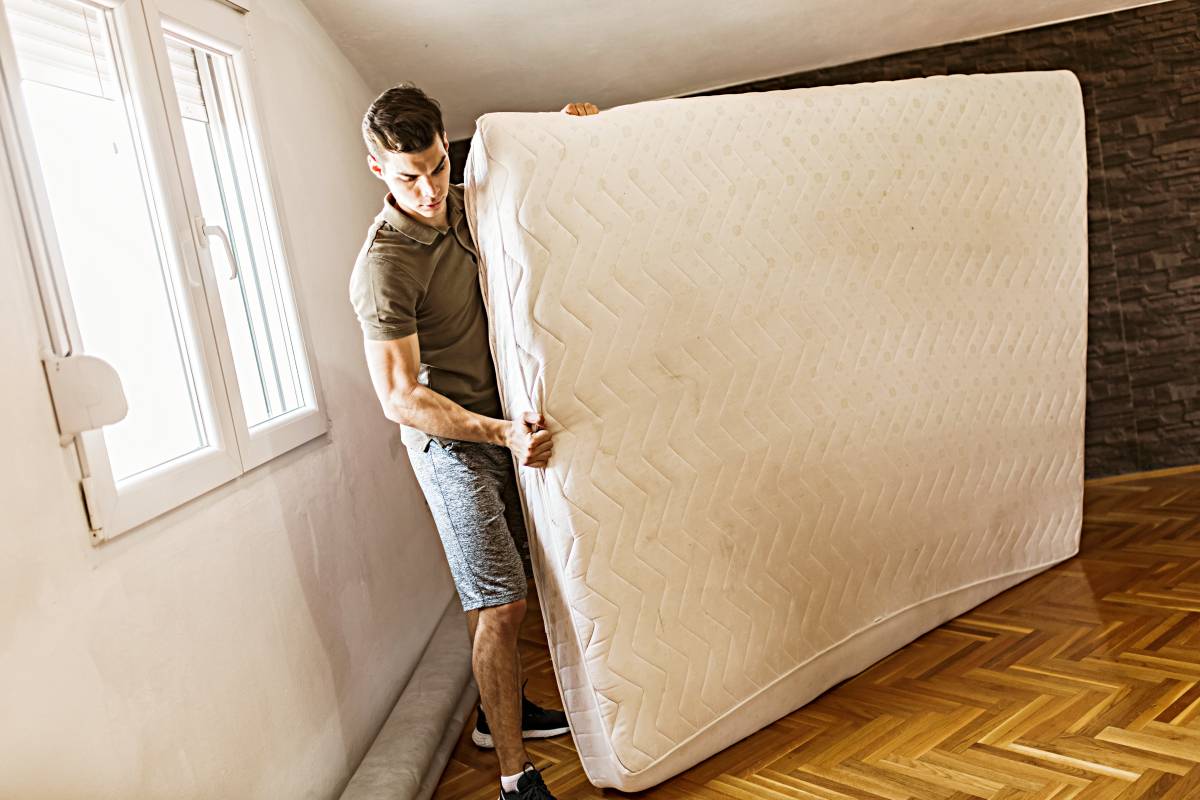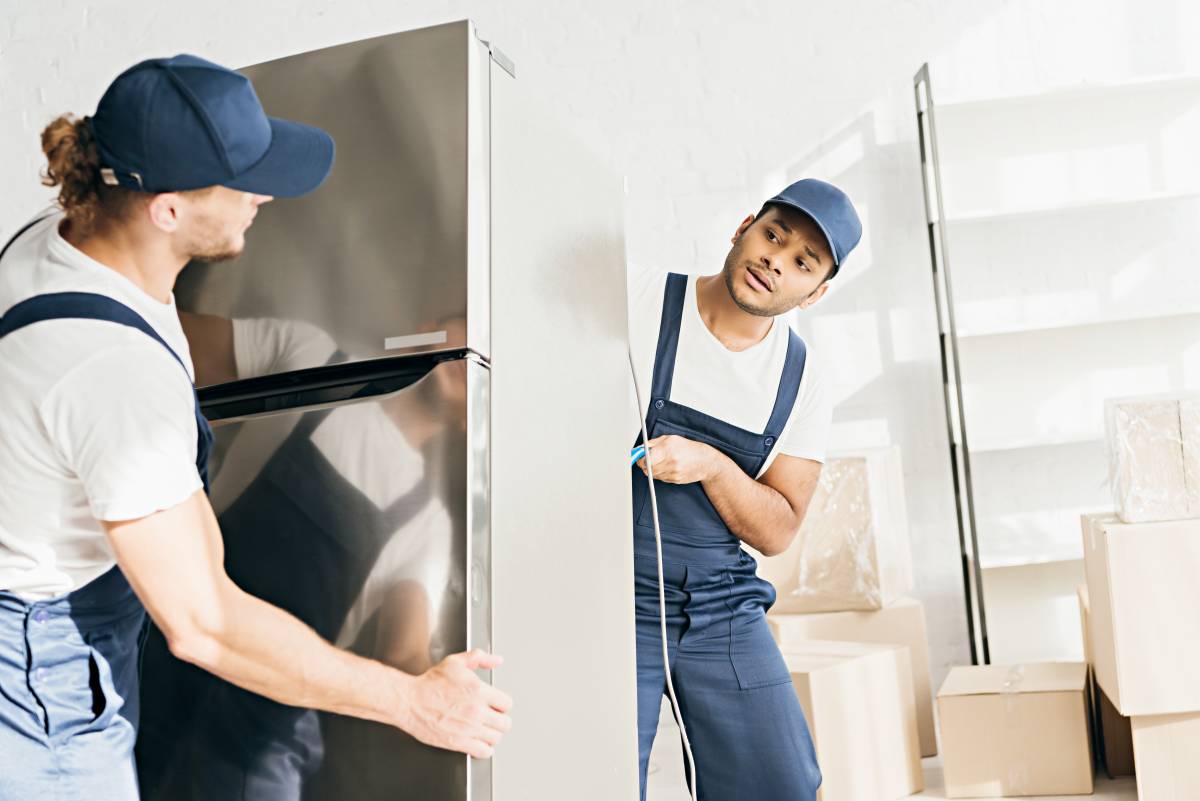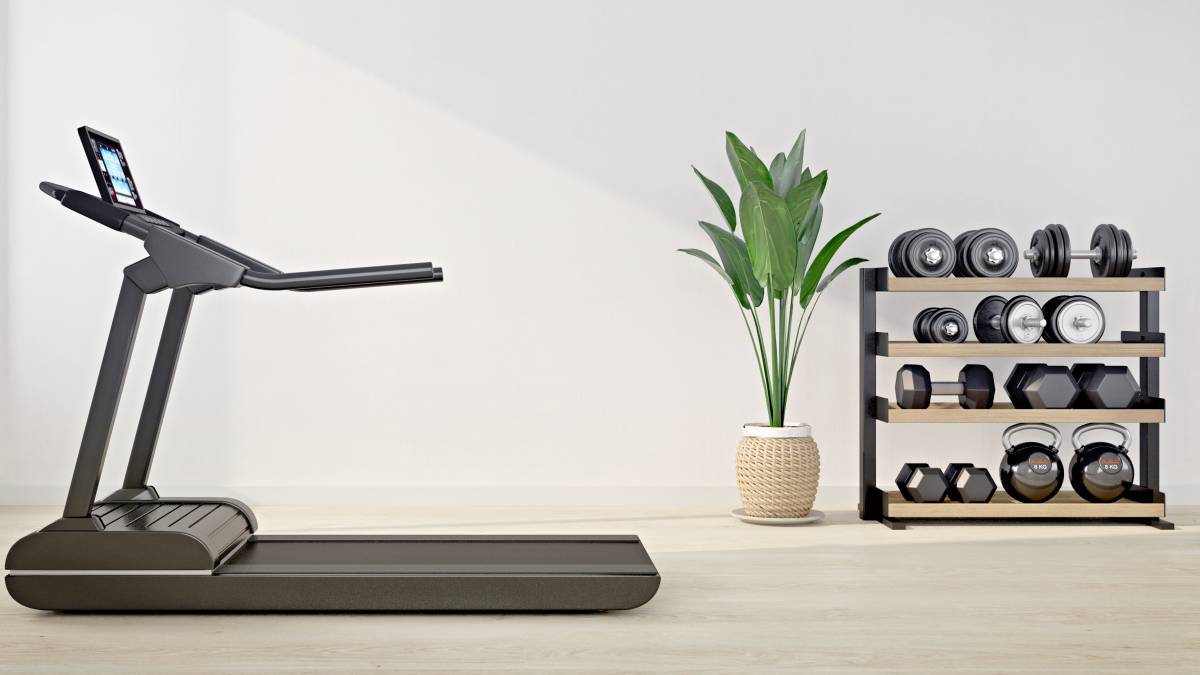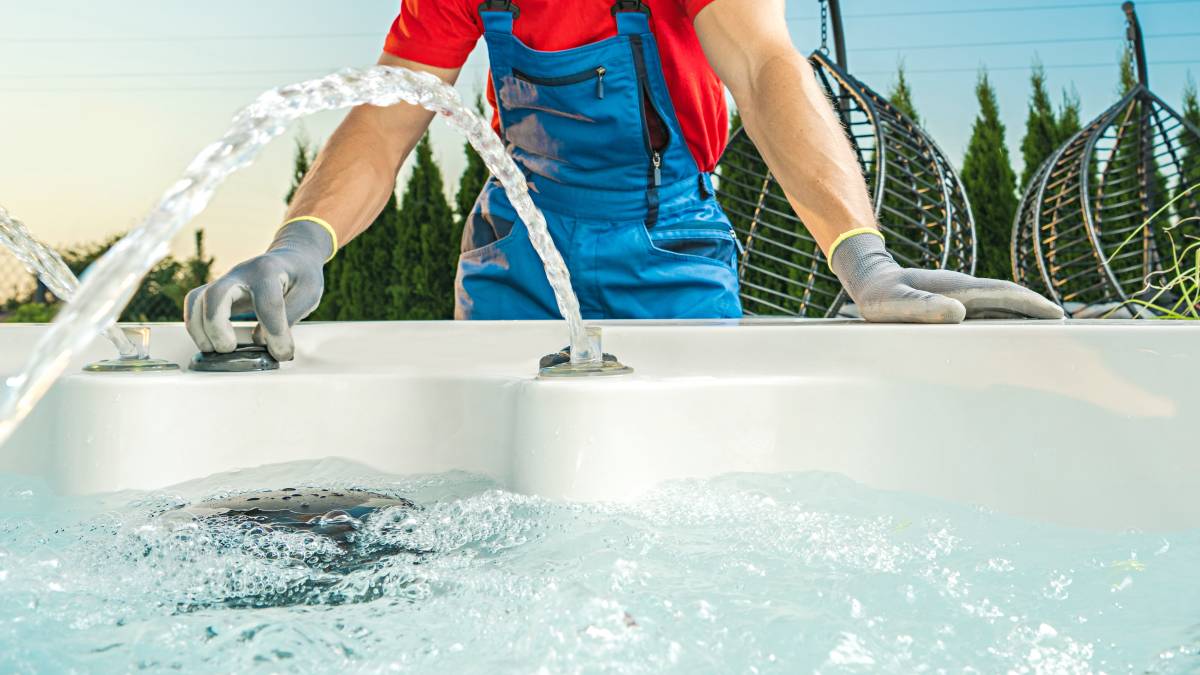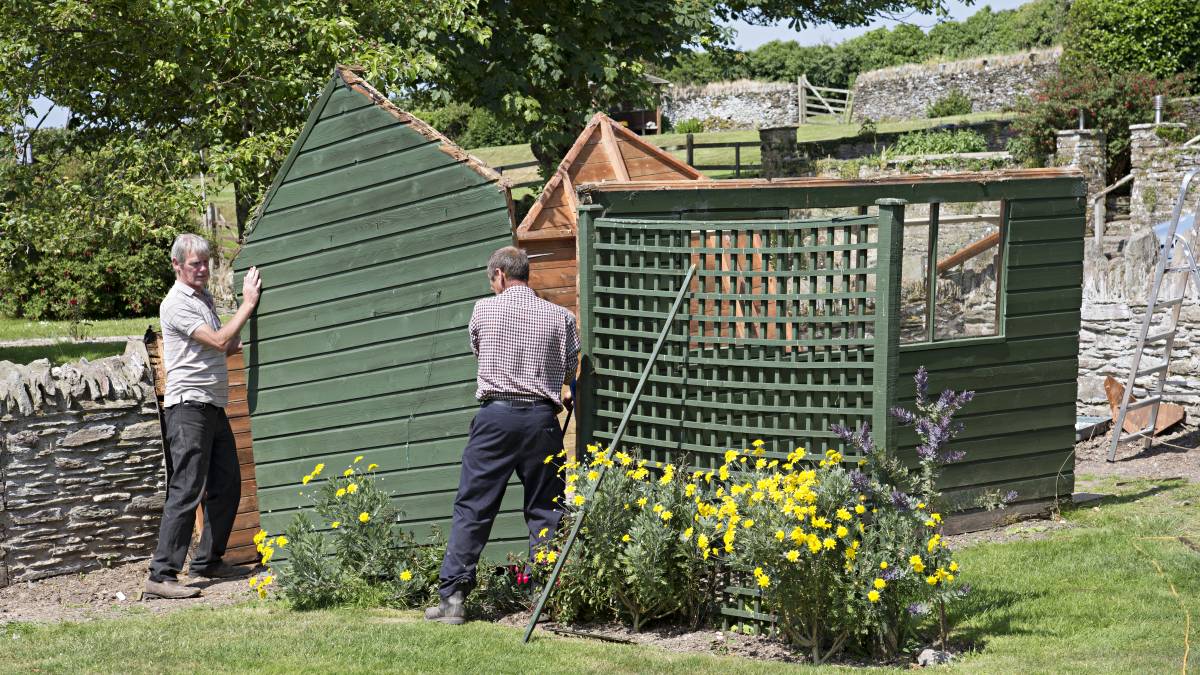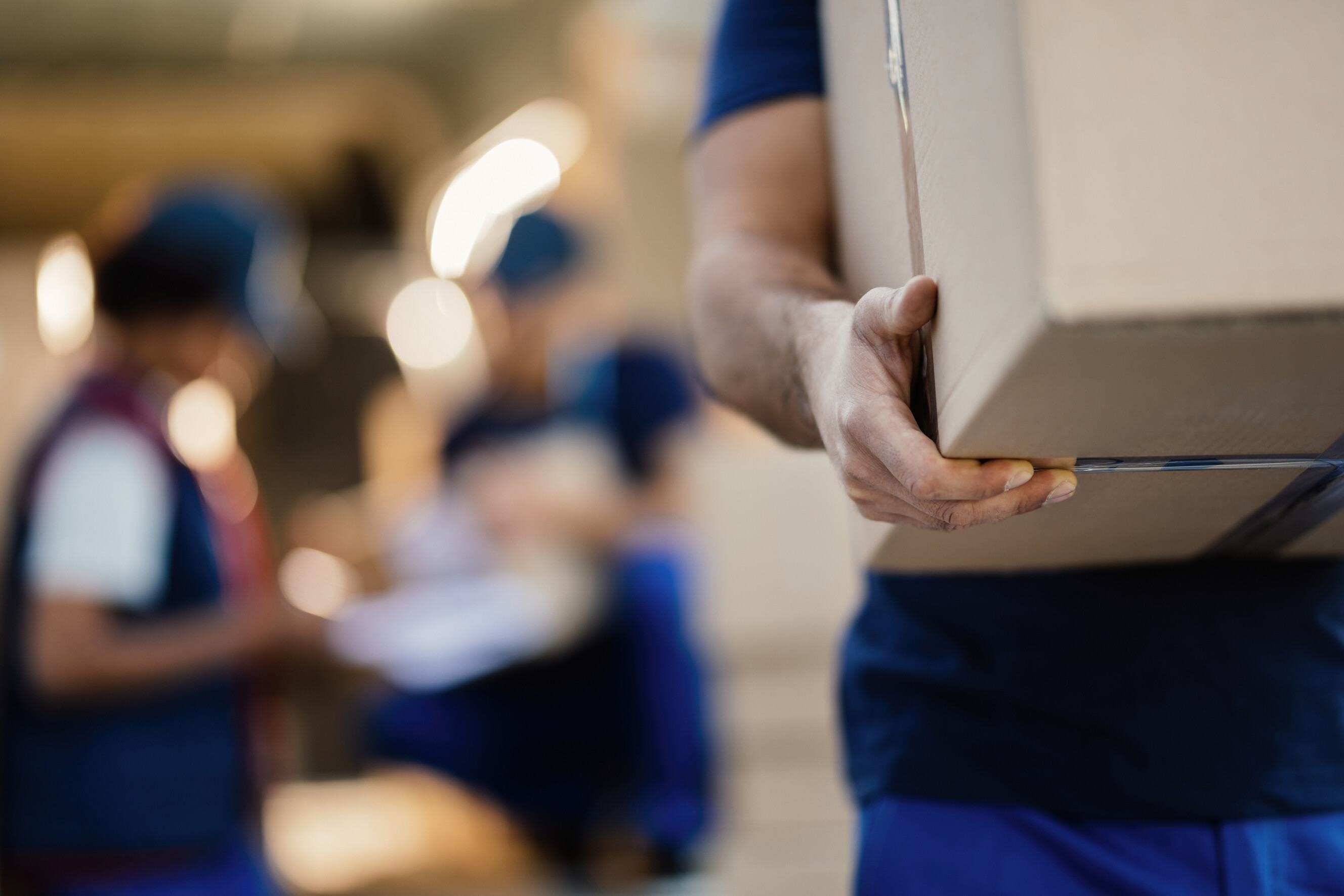
- Home/
- Comparisons/
- Packing & Unpacking/
- Cardboard Boxes vs Plastic Bins
Cardboard boxes vs plastic bins: Which one’s worth it?
Comparing cardboard boxes vs plastic bins in terms of durability, reusability, and more.
Last Updated on

Written by Genine T.
Staff Writer
Read more about our contributor
Key Facts
A cardboard box is a sturdy container for holding and protecting your household items during a move. It’s lightweight, easy to stack, budget-friendly, and can be recycled or reused for short-term storage.
A plastic bin is a durable, reusable container with a secure lid that protects items from water, dust, and impact. It’s ideal for protecting valuable or fragile items, stacks neatly, and can double as long-term storage after your move.
Did you know that in the UK, people stay in the same home for an average of 13.9 years? Sooner or later, though, everyone needs to pack up and move again. That’s when the big question comes up: do you stick with cardboard boxes vs plastic bins for all your gear?
Choosing between plastic bins vs cardboard boxes might not sound like a big deal, but it can make or break how smoothly your move goes. The right choice can save you time, protect your valuables, and even cut down on costs and waste. In this guide, you’ll discover the factors to consider so you can pick the right options for your next move.
What is a cardboard box?
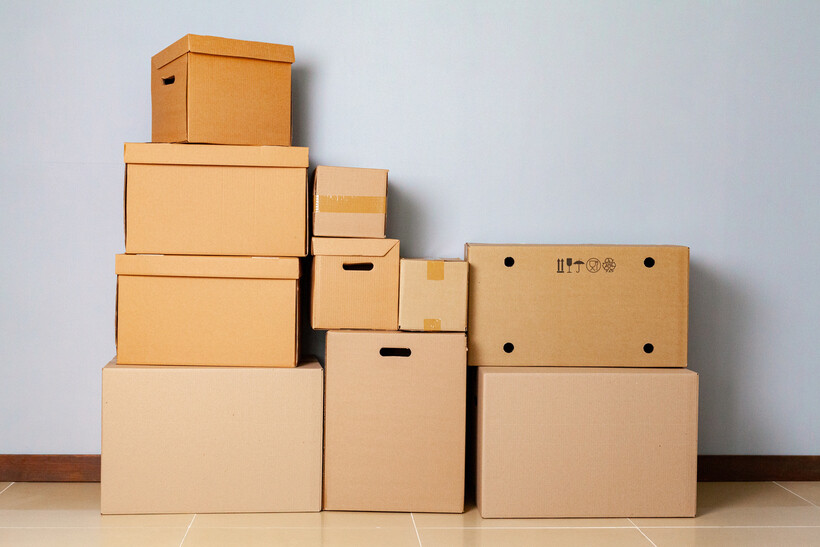 Cardboard boxes of different sizes arranged for packing. (Source: iStock)
Cardboard boxes of different sizes arranged for packing. (Source: iStock)
A cardboard box, also referred to as a removal box, is a classic container made specifically for packing and transporting belongings during a move. These heavy-duty boxes are typically made from corrugated cardboard and come in various types, such as a book box for small items, a tea chest for bulky items, or an archive box for documents and files. They’re particularly effective for packing clothes, books, seasonal decorations, and general belongings that don’t require waterproof protection.
What is a plastic bin?
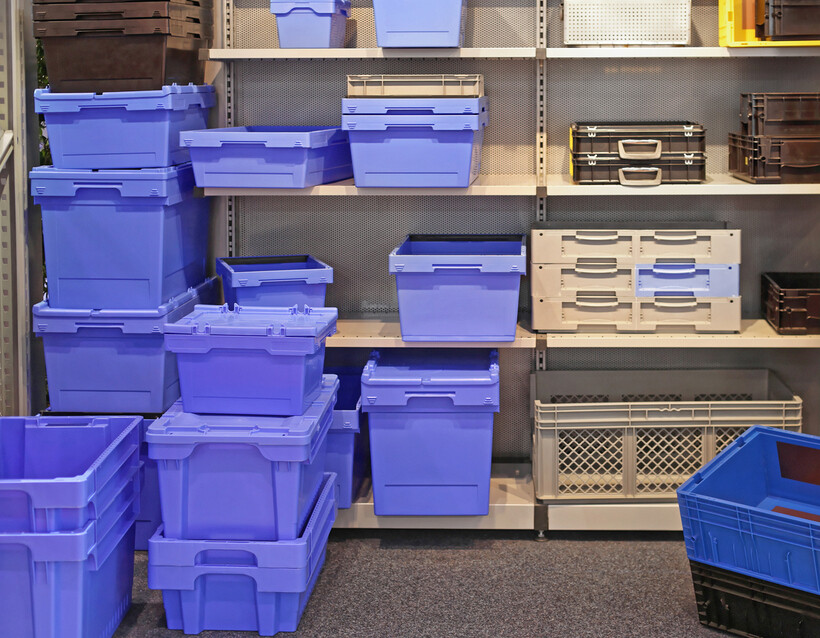 Industrial shelving with a variety of plastic bins. (Source: iStock)
Industrial shelving with a variety of plastic bins. (Source: iStock)
A plastic bin, also known as a plastic tote or container, is a sturdy and versatile container made from materials like high-density polyethylene or polypropylene. These plastic moving containers typically feature detachable or interlocking lids in various sizes and shapes. They generally work well for storing fragile items, electronics, documents, or anything that needs extra protection from moisture and crushing. They’re also becoming a more practical option since you can reuse them for long-term storage once you’re settled in.
Plastic bins vs cardboard boxes: What are the differences?
Now that you know what each option offers, let’s compare the most important factors head-to-head.
In terms of cost
Cardboard boxes are the best choice if you want to save money upfront. They usually cost £2 to £16 each, depending on the type and size. For example, a medium heavy-duty moving box is around £4.25, and an extra-large box is £20. Buying in bulk reduces the cost per box, with large packs sometimes bringing the price below £2 per box. You can also find free cardboard boxes at local grocery stores, liquor shops, bookstores, or online marketplaces.
Depending on capacity, plastic bins cost around £8 to £70 each to buy outright, with heavy-duty or branded options at the higher end of the range. For example, three 35L plastic storage boxes might cost £27, while larger or heavy-duty bins can be £30 each. You may also rent plastic bins for £0.86 (ex.VAT) per week.
In terms of durability
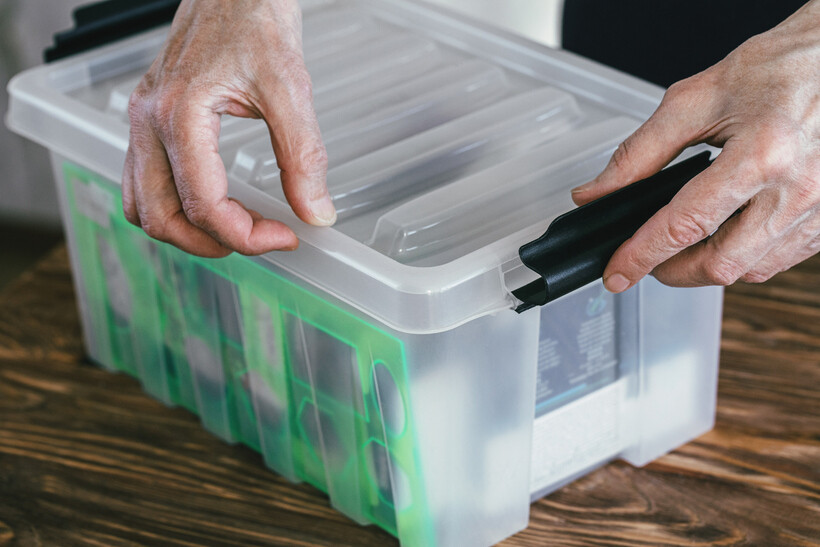 Closing a durable plastic bin for safe packing. (Source: iStock)
Closing a durable plastic bin for safe packing. (Source: iStock)
When it comes to toughness, cardboard boxes for moving are sturdy enough for most households. Standard cardboard can hold anywhere from 9 to 30 kilos (20 to 65 pounds), and heavy-duty double-walled boxes can take even more beating. This type of container also stacks neatly in your truck or storage unit and can flex a bit to fit various item sizes. But, it’s important to note that it can easily tear, collapse under too much weight, or get soggy if exposed to water.
Moving with plastic bins can be a smart upgrade if you’re after extra muscle. Tough plastic is rigid, waterproof, and more resistant to crushing under heavy loads. These plastic containers are highly recommended for longer-term storage since they also keep out dust and pests better than cardboard. The only thing you need to factor in when using plastic containers is that they can crack if you drop them and may get pretty heavy when stuffed to the brim.
In terms of reusability
Using cardboard boxes for storage works well for a while, but they don’t last forever. Many people reuse them, but they get weaker each time, and once they tear, lots of tape is often the only fix before they break down for good. Fortunately, knowing how to pack boxes properly can help them last a bit longer.
Plastic bins for moving are the clear winners in the reusability stakes. They stay strong through many moves without tearing or getting soggy and can last five to fifteen years if you look after them. Unlike cardboard, you can reuse plastic bins repeatedly with less waste. Many moving companies even rent these bins, so you get the benefits without buying them outright.
If either one does break down, they can still be handy. You can flatten old cardboard boxes and use them as floor mats to protect carpets during messy jobs or rainy weather. Cracked plastic bins can get a second life as planters, toy storage, or garage organisers instead of ending up in a landfill.
In terms of water resistance
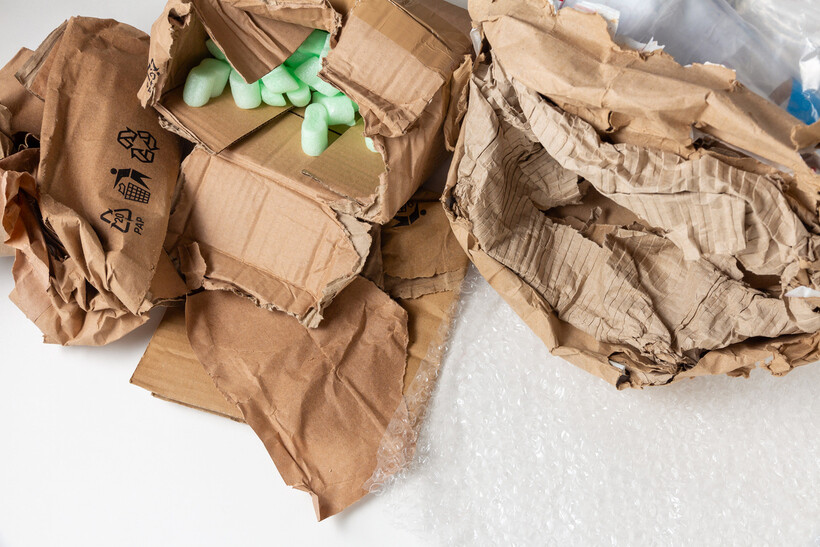 Damaged cardboard box with foam peanuts and bubble wrap. (Source: iStock)
Damaged cardboard box with foam peanuts and bubble wrap. (Source: iStock)
Plastic bins are your best option for keeping items safe from rain, humidity, or damp storage. They’re naturally water resistant, seal tightly, and protect your belongings even in heavy downpours or coastal conditions. This makes them ideal if you’re moving during the UK’s wet season or using man with a van services, where shared trucks and flexible schedules can mean unexpected weather delays.
Cardboard boxes work well in dry, predictable weather, but don’t stand up to moisture. They soak up water quickly, weakening the box and causing it to collapse under its own weight. You can waterproof them with wax coatings or plastic liners, but this means extra cost and effort on top of your other packing tasks. Specialty cardboard boxes with added protection are also available for moving appliances, but these aren't always practical for a whole-house move.
In terms of weight
Cardboard boxes are much lighter than plastic, which is a big advantage if you need to keep costs down or manage the load yourself. Their strength-to-weight ratio makes them easy to carry, reduces the total truck weight, and helps you save money if you pay by weight. They’re also handy if you need storage for moving house, since they don’t add much extra bulk.
Plastic bins are sturdy but can add weight even before you fill them. Once packed, they can become very heavy and awkward to move, especially if you overfill them. The upside is that they can hold more without breaking, but the risk is lifting more than you safely can on your own.
In terms of stackability
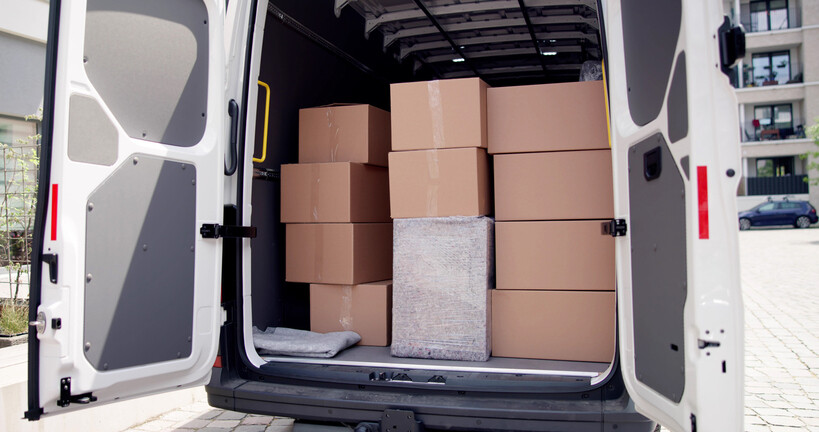 Cardboard boxes stacked inside an open van for a residential move. (Source: iStock)
Cardboard boxes stacked inside an open van for a residential move. (Source: iStock)
Plastic bins are excellent for stacking because they’re made to fit securely on top of each other. Many have lids that lock into the base of the next bin, which keeps stacks stable and helps you use every bit of space in the truck. Their consistent size makes it easy to build safe, even stacks that are less likely to shift during transport. However, some removalist services advise against stacking plastic moving crates floor to ceiling because they can’t handle too much weight on top.
Cardboard storage containers are suitable for stacking during a house removal because they grip together well and stay put, edge to edge. Their different sizes help you fill awkward gaps and create a snug, stable base. They’re also lightweight, so you can lift and carry them easily.
In terms of ease of packing
Plastic bins are the easiest option when you want to pack quickly and move on to more important tasks. They come ready to use with secure lids, so there’s no need for assembly, tape, or extra packing materials for moving. Just pack, close the lid, and stack. The only downside is that they don’t collapse, so they take up space when empty.
Cardboard boxes take a bit longer but offer more flexibility when preparing your home for selling or moving. You need to fold, tape, and seal them properly, using the H-taping method for strength. The good news is they collapse flat when not in use, so they’re easy to store between packing sessions and don’t take up extra room.
When it comes to labelling, cardboard is easy to write on directly, while plastic bins usually work best with sticky labels.
Take the hassle out of moving with Airtasker
Now you have all the know-how to pick the best boxes for moving houses or sturdy plastic bins based on what you need to pack and store. But, even with the right choice, having an experienced removalist can make the biggest difference when it comes to lifting, loading, and getting your items safely to your new place.
Got bulky appliances like a cooker or fridge to move? Post your task on Airtasker with the details and find trusted local pros who can handle the heavy work and make your move smooth from start to finish.
Learn more about our contributors

Written by Genine T.
Staff Writer
Genine is a writer and educator with over seven years of experience. She has published peer-reviewed research papers, worked in academia, and created educational content for thousands of language learners. She discovered her passion for turning complex ideas into practical advice through writing about DIY topics like home improvement, furniture assembly, and household fixes. When she’s not writing, Genine enjoys curling up with her dogs and a good book.
Cardboard Boxes vs Plastic Bins
Cardboard Box |
Plastic Bin |
|
|---|---|---|
Cost |
Costs less upfront and can be free |
Costs more to buy, but it has affordable rental options |
Durability |
Strong but can tear or collapse |
Very sturdy and handles impacts well |
Reusability |
Can be reused a few times before breaking |
Can be reused for years with care |
Water Resistance |
Absorbs water easily and gets soggy |
Keeps items dry and is waterproof |
Stackability |
Stacks snugly with flexible box sizes |
Stacks neatly with uniform shapes |
Weight |
Stays light and easy to carry |
Gets heavy when packed full |
Ease of Packing |
Needs tape, but folds flat to store |
Needs no tape and packs up quickly |
FAQs on cardboard boxes and plastic bins
Plastic bins with tight-fitting, secure lids are much more rat-resistant than cardboard boxes. Make sure the bins aren't cracked or broken, as rats need surprisingly little space to squeeze through. For best protection, choose bins with lockable lids that create a proper seal.
Wash all clothing, linens, and fabric items before packing to destroy any eggs that might be lingering in the fibres. Pack a few wooden cedar blocks or chips alongside your clothes to keep moths and insects away. For extra protection, place clothes in sealed plastic bags within the boxes.
When packing in a box, always group items by room and function. For instance, pack kitchen items like dishes, pots, and utensils together. Place heavier items at the bottom and lighter items on top, and use padding materials to fill empty spaces. Label clearly with both the destination room and specific contents like ‘Kitchen – Pots and Pans.’
No, professional removalists can handle loose furniture, appliances, and bulky items using their own protective materials and equipment. Small loose items, fragile objects, and personal belongings should be packed in boxes for protection and easier transport.
Find packing and unpacking removalists, fast
Post a task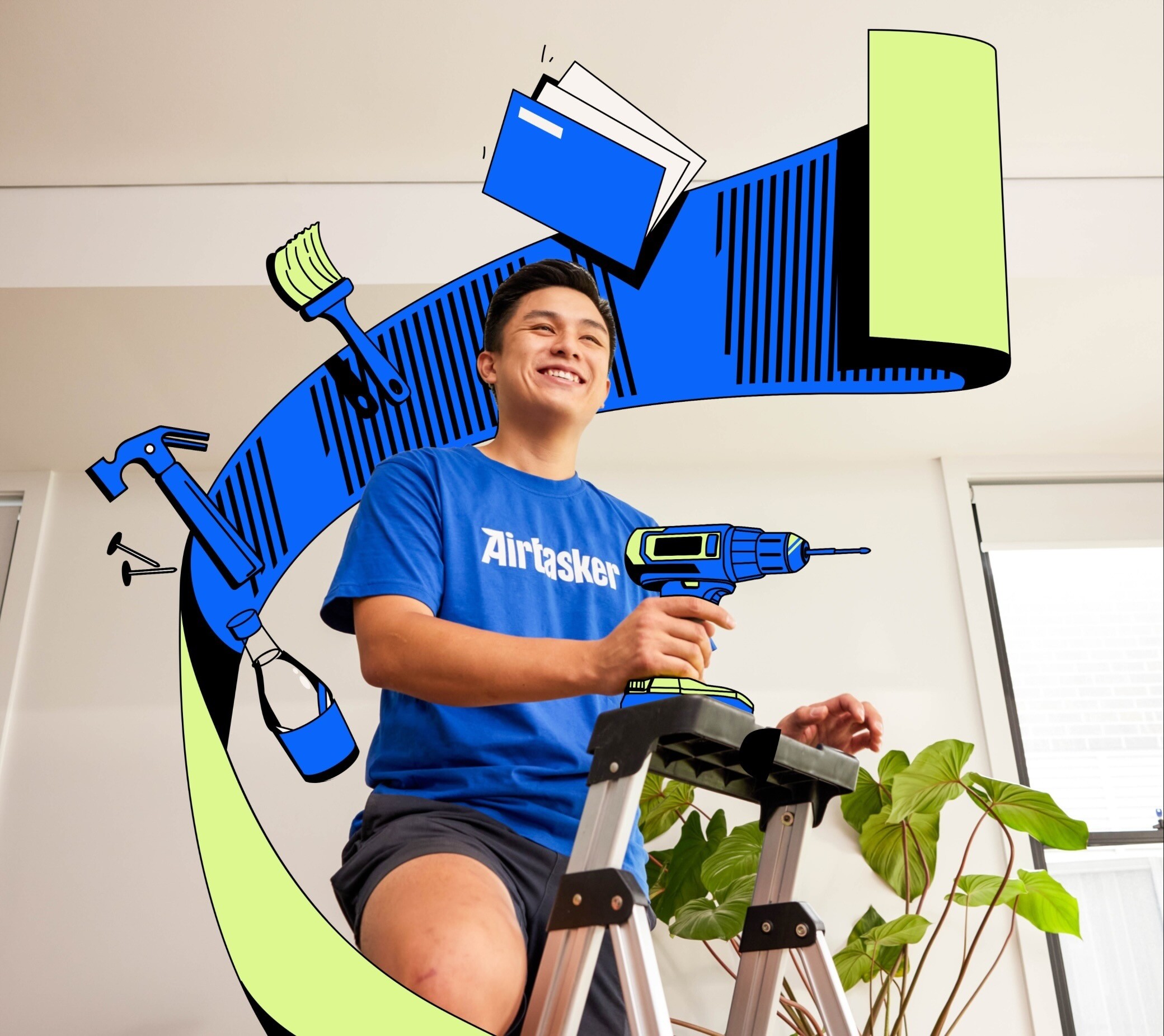
Related articles
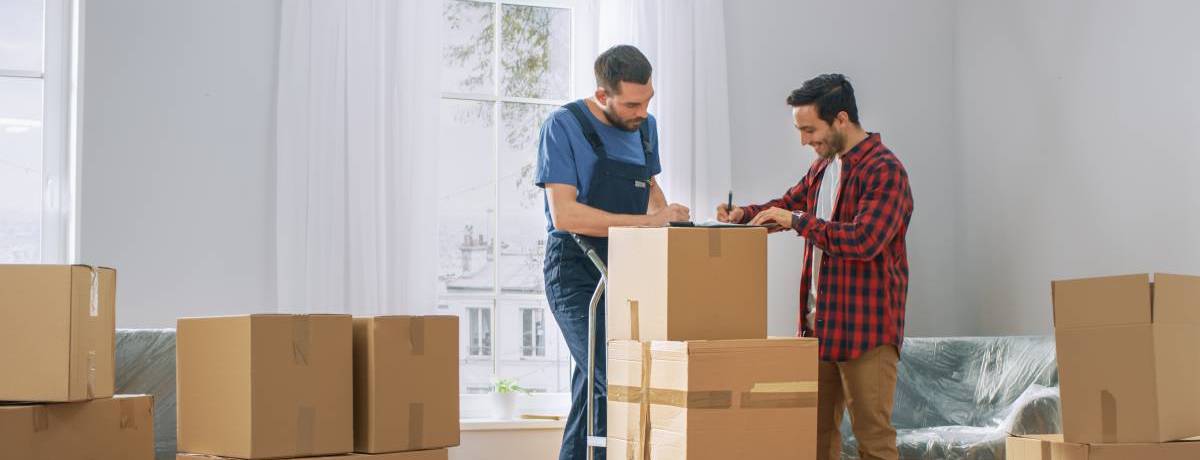
A guide to becoming a removalist
Read more
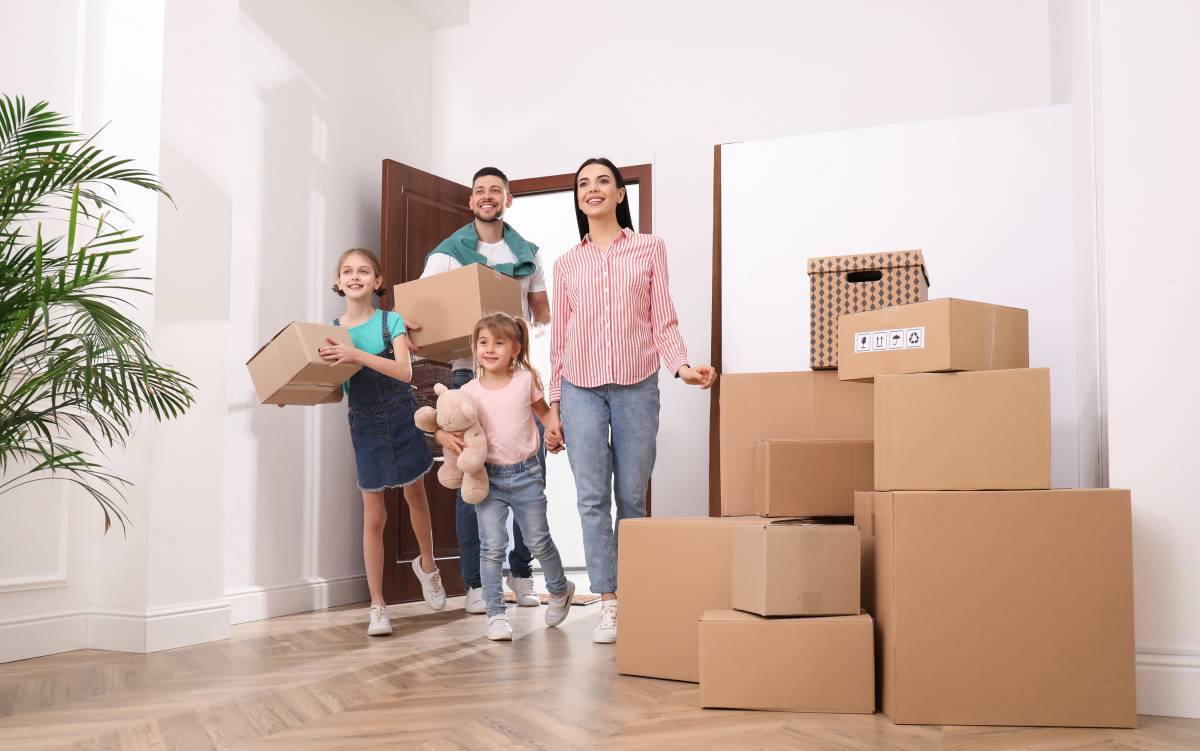
Tips for moving house with kids
Read more

How to pack mirrors for moving
Read more
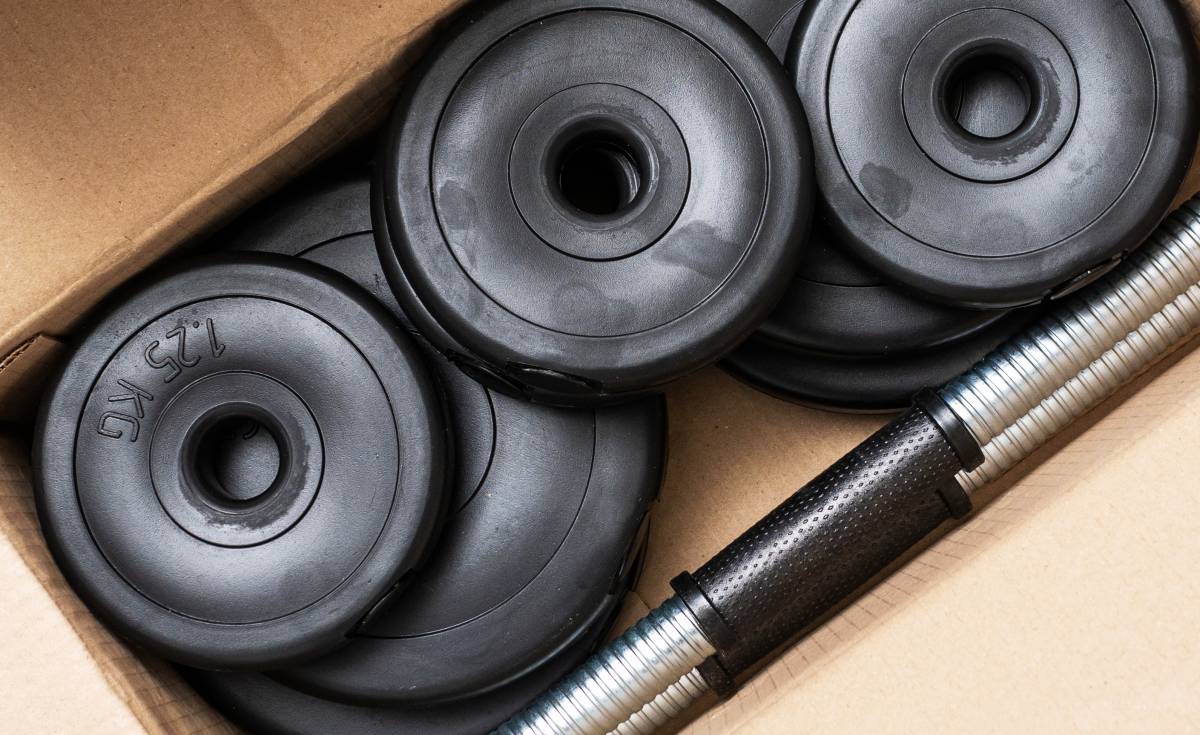
How to move gym equipment safely
Read more
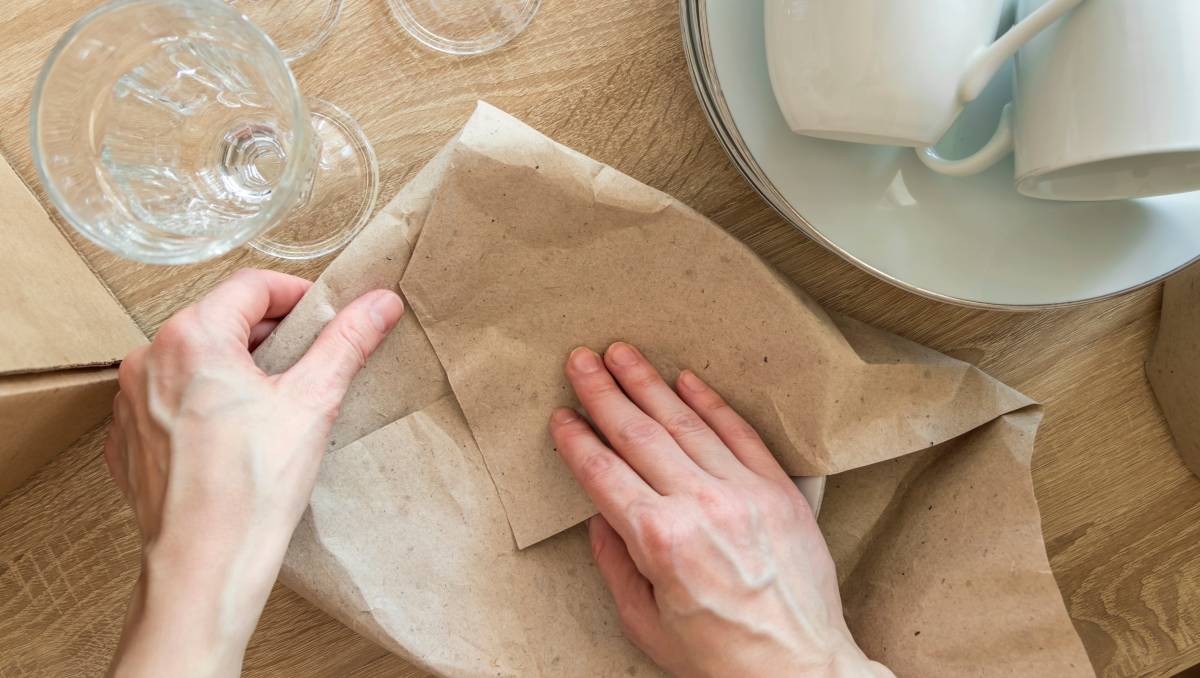
How to pack kitchen items for moving
Read more
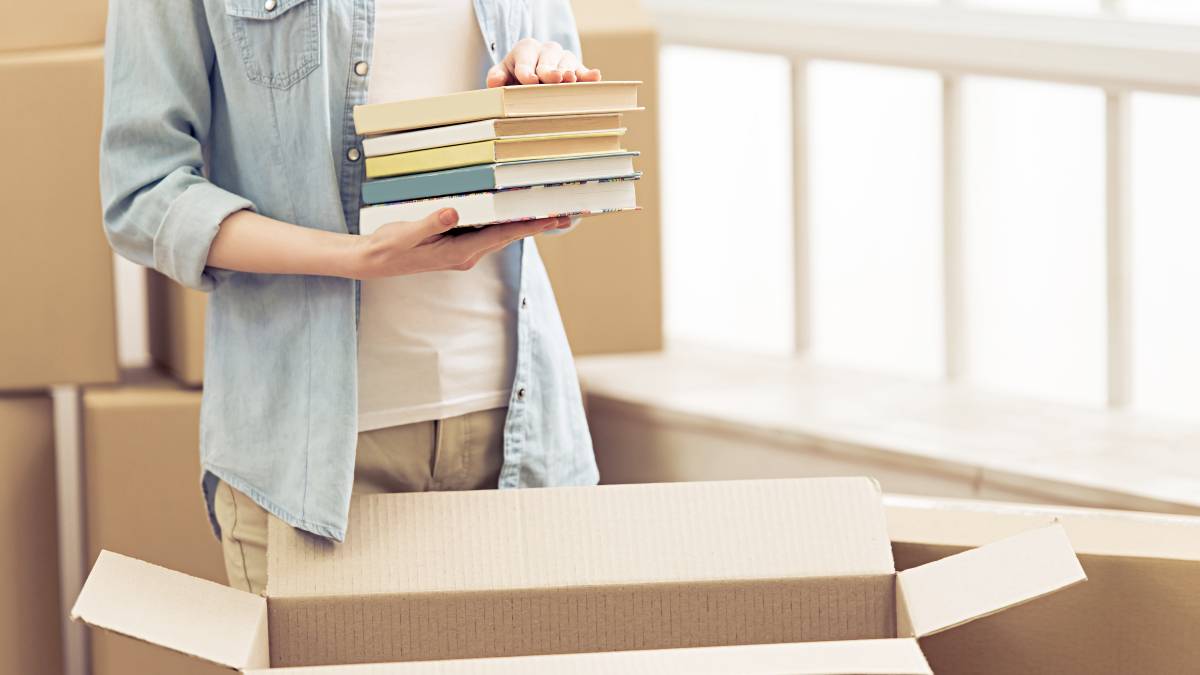
How to pack books for moving
Read more
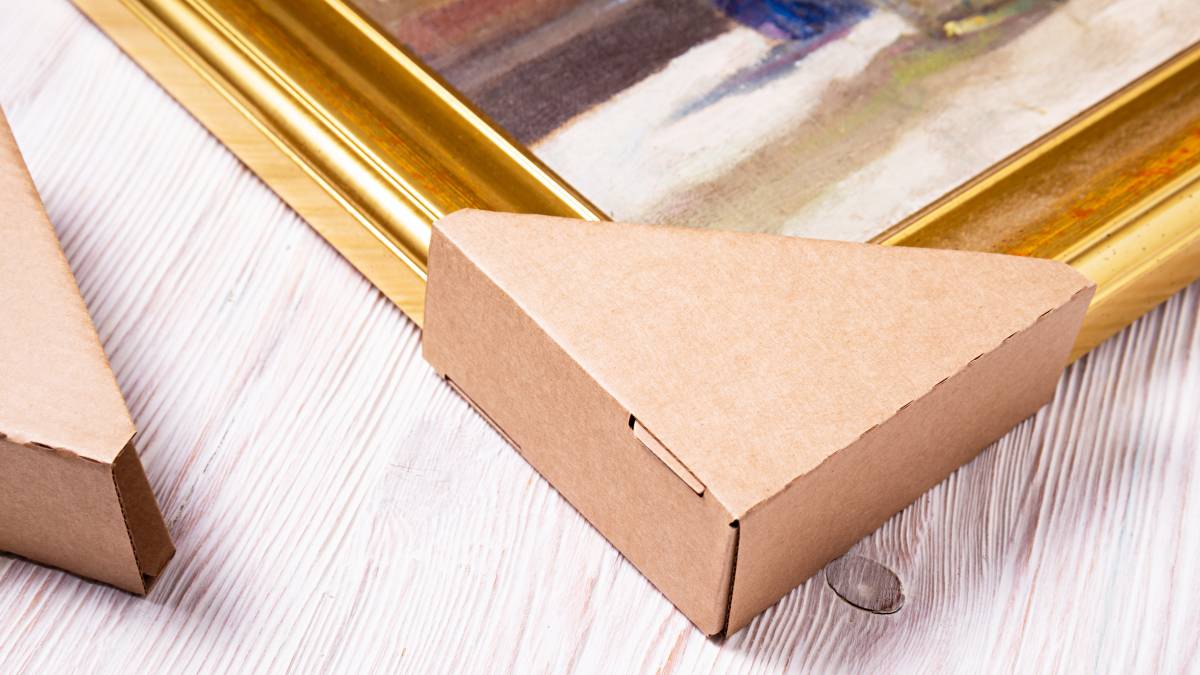
How to pack artwork for moving
Read more
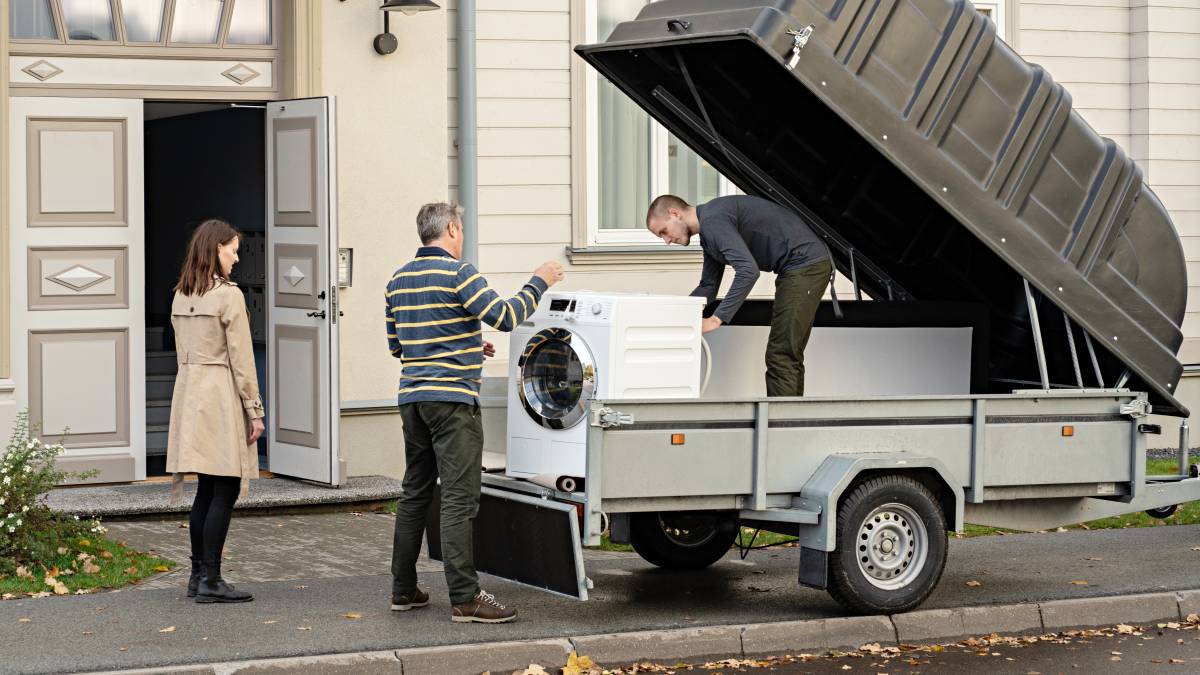
How to move a washing machine
Read more

How to move a pool table
Read more
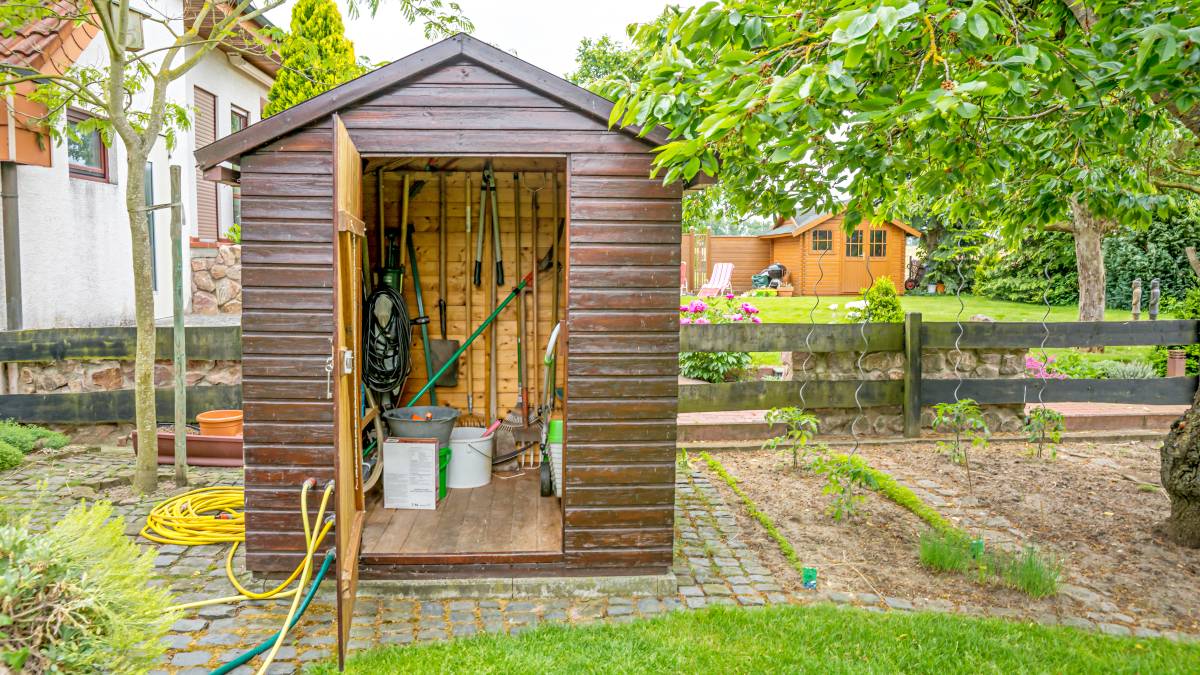
How to move a shed
Read more
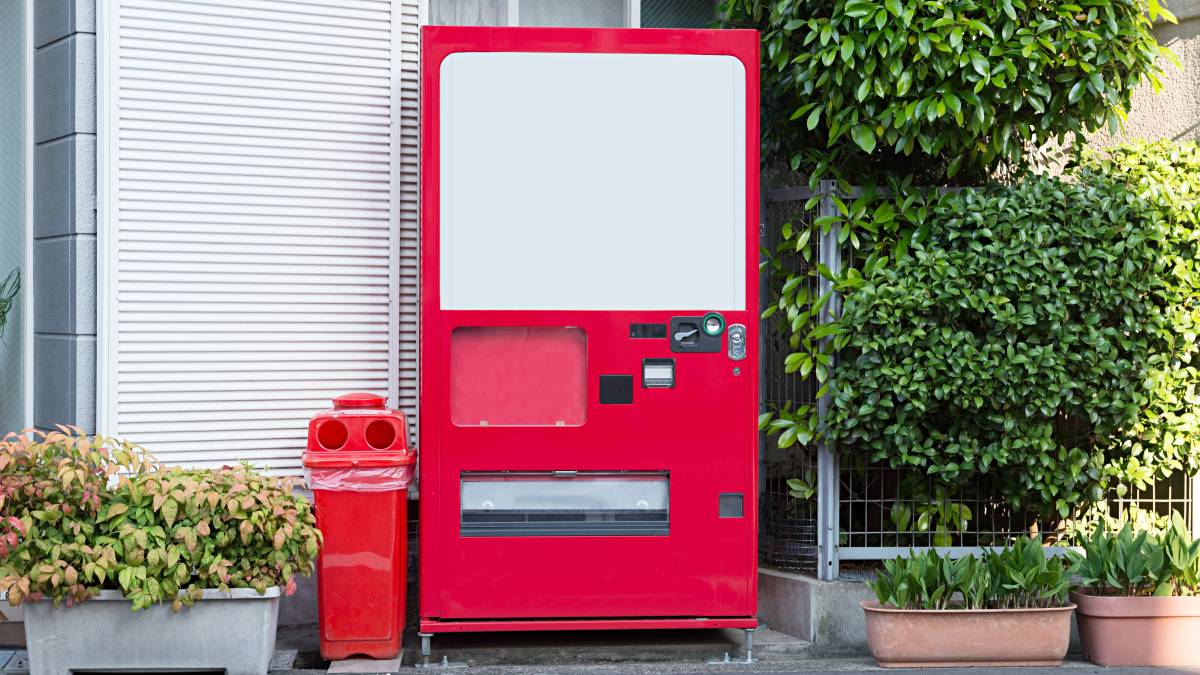
How to move a vending machine
Read more
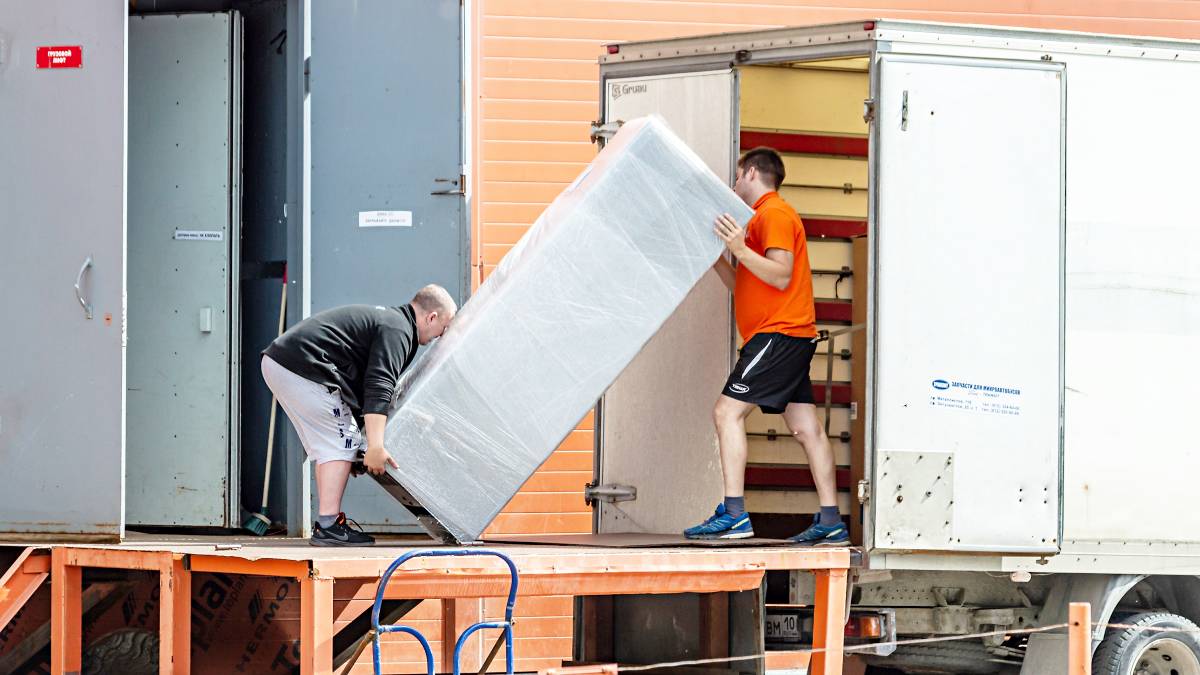
Moving a fridge: How to do it right
Read more
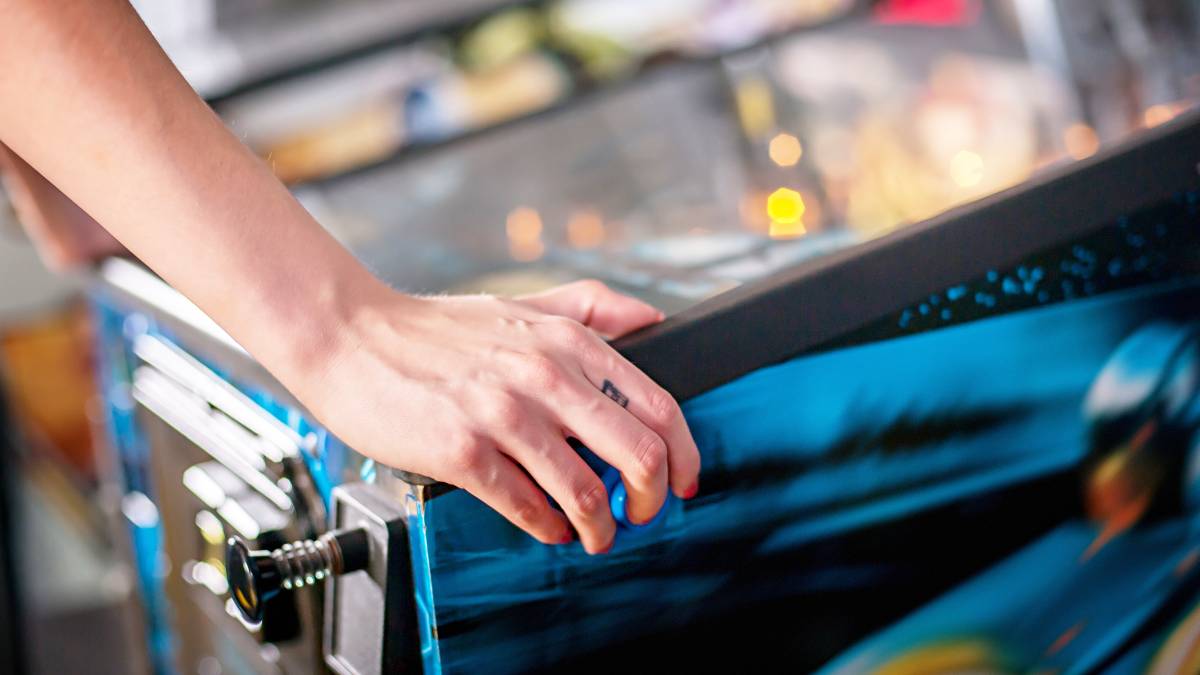
How to move a pinball machine
Read more
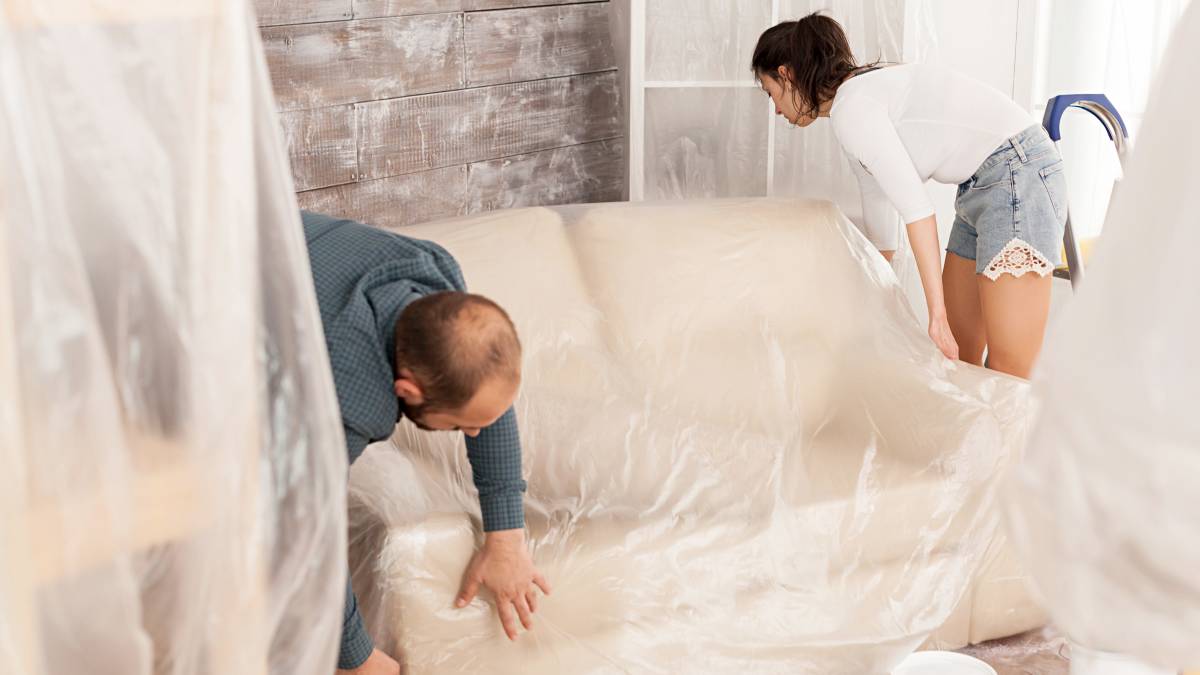
How to wrap furniture for moving
Read more
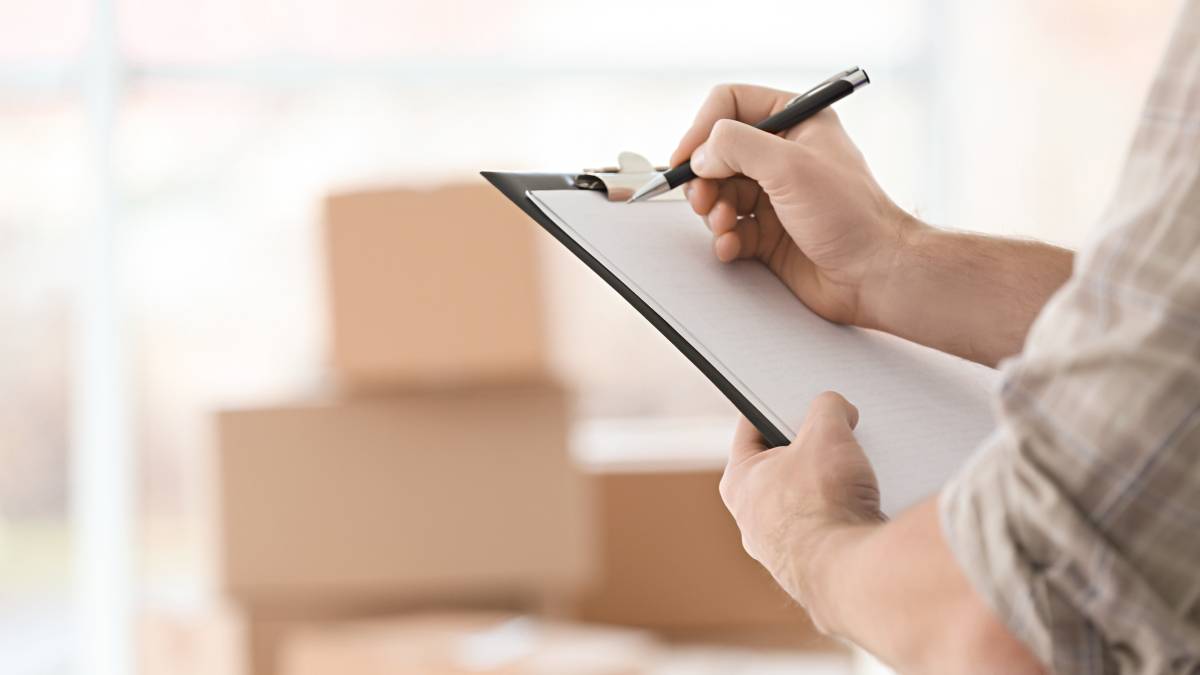
What moving companies won’t move
Read more
Related price guides
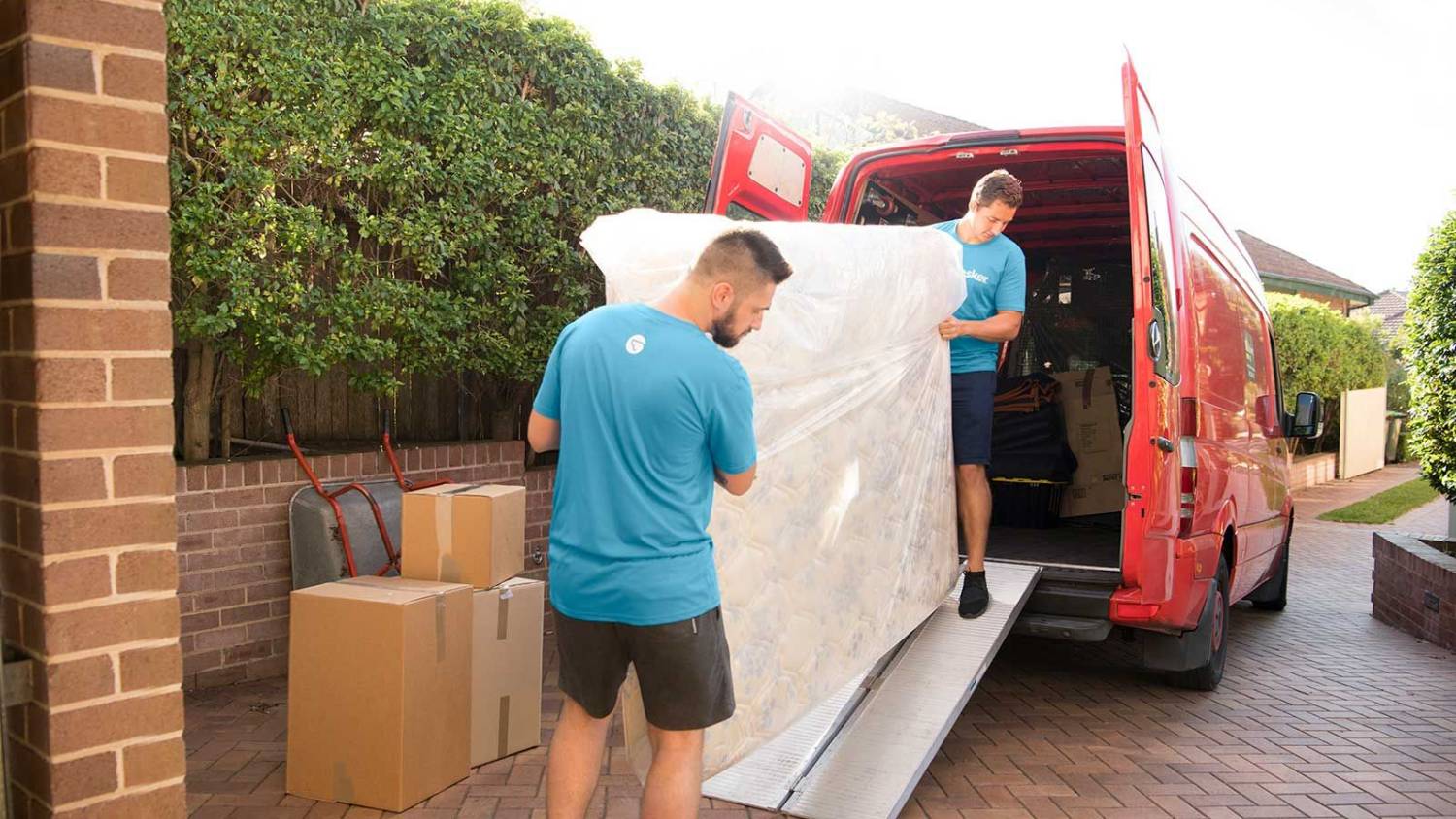
How much does it cost to move house?
Read more
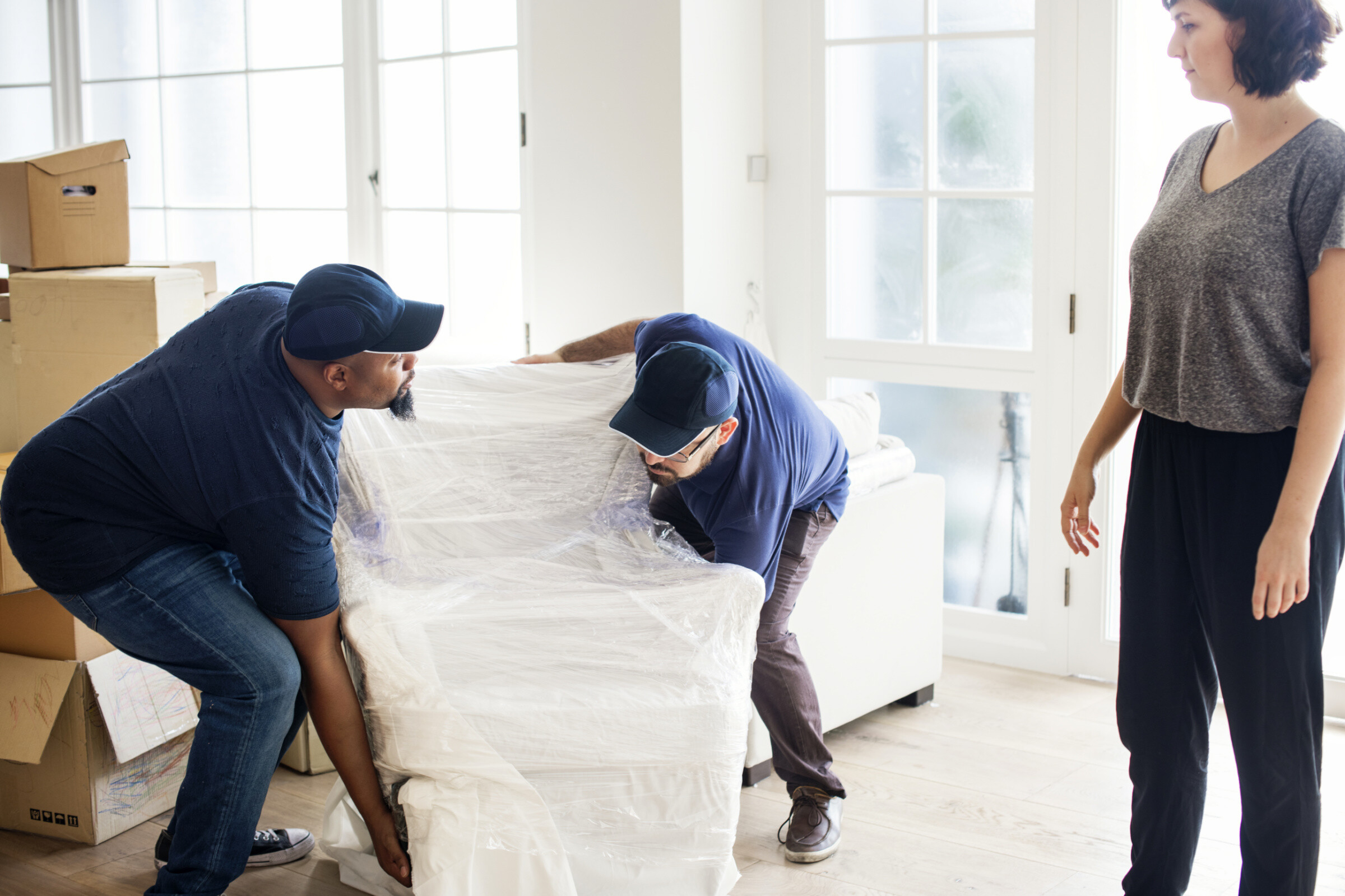
How much does it cost to move house?
Read more
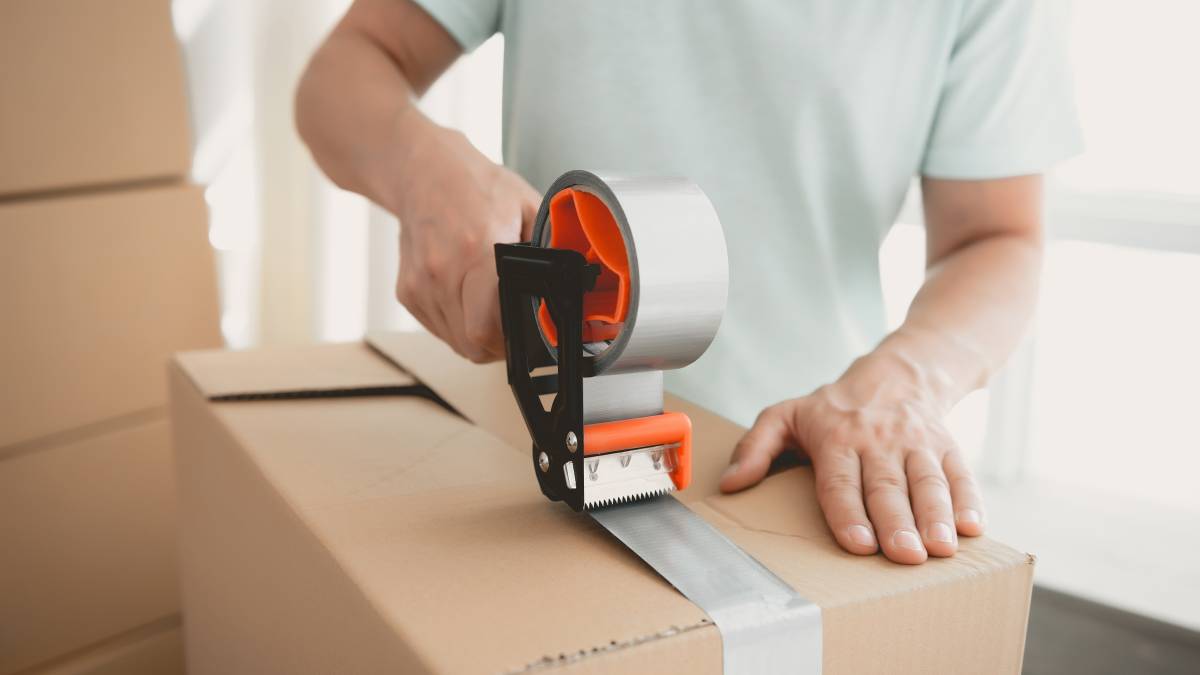
How much do packers cost?
Read more
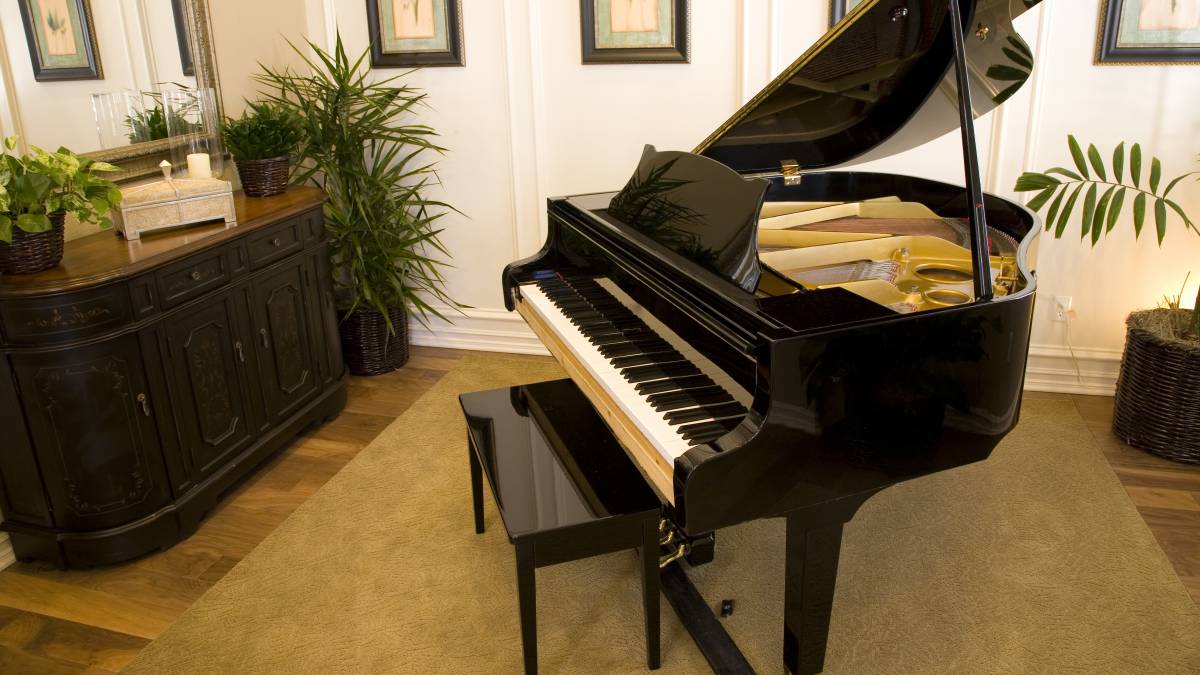
How much does piano moving cost?
Read more
